
One of the world’s leading publishers of printed classical and educational music.

Zhou Long - Five Elements (Sextet - Western Instruments)
- Text
- Five elements
- Zhou long
- Elements
- Sextet
ZHOU LONG The
ZHOU LONG The Five Elements (2002) Flute, Clarinet in A, Percussion, Piano, Violin and Violoncello 24’ The Five Elements for flute, clarinet, percussion, piano, violin and violoncello was made possible by a grant from the Fromm Music Foundation for the San Francisco Contemporary Music Players. It was premiered by the SFCMP on November 25, 2002 at the Yerba Buena Center for the Arts in San Francisco, California. In ancient Chinese thought, the Five Elements (“wu xing”) -- metal, wood, water, fire and earth – compose the fundamental aspects of the physical universe. These properties are also used in traditional Chinese medicine to explain various physiological and pathological phenomena. The concept of Five Elements also incorporates the idea of energy, movement and change as found in the dynamic and complementary forces of Yin and Yang. A central aspect of traditional Chinese beliefs is that these two forces must be balanced and in harmony. It is the interaction between the five Elements or Five Energies (“wu yun”) that creates the various transformations in the recurring natural cycles of seasonal and climate change, growth and decay, as well as sounds, flavors, and human physiology and emotions. Each energy is associated with the natural element or quality it most closely resembles in function and character. Everything that relates to human activity and the activity of the natural world is woven together through the interaction of these forces. Thus humans and nature, heaven and earth, the individual and the society are bound together in a harmonious relationship. In my composition The Five Elements, one of these five energies or elements is characterized in each of the five movements. The first movement is Metal, a refined extract of Earth forged by Fire, which also represents autumn. The sound of the forging iron is heard in the percussion and is echoed in the languid tone-clusters on piano, creating contrasts in sonority. Percussion and piano also extend the flowing melodic texture heard on wind and stringed instruments, which symbolizes the image of extraction and refining. The second movement is Wood, which generates a life-giving energy through interaction with water and also represents spring. . This element is associated with vitality and youth, growth and development. Strong rhythmic patterns on the wooden percussion instruments and pizzicato motifs on the strings run through this movement which embodies the creative energy of 'spring fever' The third movement is Water, a highly concentrated element containing the potential of a great force waiting to be released. This element represents the quiet power of wisdom and the dormant energy associated with winter. The slow, expansive texture of the music and long, tranquil melodic lines create a feeling of quiet calm and serenity throughout. The fourth movement is Fire, which embodies light and heat. Just as spring develops naturally into summer, the rising, upward movement of Wood matures into the flaring energy of Fire. This movement is characterized by persistent rhythmic drumming patterns and energetic trilling figures punctuated by cascading bell-like chords in the piano. The last movement is Earth, which represents thoughtful acceptance life and generates a harmonizing connection to the other elements. The music moves slowly and majestically in a free tempo, creating a feeling of peaceful, open space. At the end, all the elements are transformed into a perfect balance. -- Zhou Long, 2005 © Oxford University Press
to the San Francisco Contemporary Music Players [Transposed score] FIVE ELEMENTS For Flute/Piccolo, B flat Clarinet, Percussion, Piano, Violin and Cello 1. Metal Zhou Long Piccolo & 4 q = 96 ∑ ∑ ∑ ∑ ∑ ∑ ∑ ∑ ∑ 8 6 Clarinet in B flat & 4 ∑ ∑ ∑ ∑ ∑ ∑ ∑ ∑ ∑ 8 6 ã 4 ∑ ∑ ∑ ∑ ∑ ∑ ∑ ∑ ∑ 8 6 Percussion ã Anvil (Metal Hammer) 3 3 4 œ + œ Œ Ó J p œ J œ + Œ Ó 3 œ J œ + Œ Ó poco a poco cresc. 3 œ J œ + Œ Ó 3 œ J œ + Œ Ó 3 œ J œ + Œ Ó 3 œ + œ Œ Ó J F 3 œ J œ + Œ Ó 3 œ J œ + Œ Ó 8 6 & 4 ∑ ∑ ∑ ∑ ∑ ∑ ∑ ∑ ∑ 8 6 Piano ? 4 ∑ ∑ ∑ Œ Chromatic cluster in indicated register 3 ‰ j ‰ Ó „. P ∑ ∑ Œ 3 ‰ j ‰ Ó „. F ∑ ∑ 8 6 Violin & 4 ∑ ∑ ∑ ∑ ∑ ∑ ∑ ∑ ∑ 8 6 Cello ? 4 ∑ ∑ ∑ ∑ ∑ ∑ ∑ ∑ ∑ 8 6 Picc. 10 6 & 8 q = q. ∑ ∑ 7 8 ∑ 6 8 ∑ ∑ ∑ ∑ ∑ ∑ 4 6 4 6 4 6 4 6 4 6 4 6 4 6 4 6 B b Cl. & 8 6 ∑ ∑ 7 8 ∑ 8 6 ∑ ∑ ∑ ∑ ∑ ∑ 10 ã 8 6 ∑ ∑ 7 8 ∑ 8 6 ∑ ∑ ∑ ∑ ∑ ∑ Perc. Pn. Vn. ã 10 8 6 & 8 6 ? 8 6 10 & 8 6 œ J œ + Œ . > b Œ . ‰ # œ œ > f ∑ ∑ œ J œ + Œ . ∑ Œ . ‰ j ‰ „. ∑ 7 8 7 8 7 8 7 8 œ J œ + Ó > > j b œ œ Œ . ‰ # œœ œœ J > > ∑ ∑ 8 6 8 6 8 6 8 6 œ> J œ + Œ ‰ poco a poco cresc. ∑ Œ ‰ ‰ j ‰ „. ∑ œ> J œ + Œ ‰ ∑ poco a poco cresc. Œ ‰ ‰ j ‰ „. ∑ œ> J œ + Œ ‰ ∑ Œ ‰ ‰ j ‰ „. ∑ œ> J œ + Œ ‰ ∑ Œ ‰ ‰ j ‰ „. ∑ œ> ƒ œ> œ œ> J J ∑ ƒ j „ ‰ ‰ Œ ‰ ° ∑ œ> œ> œ œ> J J ∑ ∑ ∑ Vc. for online perusal only ? 6 8 ∑ ∑ 7 8 ∑ 6 8 ∑ ∑ ∑ ∑ ∑ ∑ © Oxford University Press 2002 Zhou Long has asserted his right under the Copyright, Designs and Patents Act, 1988, to be identified as Composer of this work. OXFORD UNIVERSITY PRESS, MUSIC DEPARTMENT, GREAT CLARENDON STREET, OXFORD OX2 6DP Photocopying this copyright material is ILLEGAL.
- Page 1: Zhou Long Five Elements (Western In
- Page 5 and 6: 5 Picc. B b Cl. 24 ã q = 78 24 œ
- Page 7 and 8: Picc. B b Cl. Perc. Pn. Vn. Vc. 35
- Page 9 and 10: 9 Picc. B b Cl. Perc. 45 ˙ & p #
- Page 11 and 12: Picc. B b Cl. Perc. 56 & & 56 ã ã
- Page 13 and 14: 13 Picc. 64 & poco rit. ‰ œ ˙ .
- Page 15 and 16: Picc. B b Cl. Perc. Pn. E 70 q = 88
- Page 17 and 18: Picc. B b Cl. Perc. Pn. 79 3 & Ó
- Page 19 and 20: 19 Picc. 89 & ∑ ∑ ∑ B b Cl. &
- Page 21 and 22: 21 Picc. B b Cl. 100 j œ w & F ˙
- Page 23 and 24: 23 Picc. 110 & q = 80 ∑ ∑ B b C
- Page 25 and 26: 25 2. Wood Flute Clarinet in B flat
- Page 27 and 28: Fl. Bb Cl. 33 ã & ∑ ∑ ∑ ∑
- Page 29 and 30: Fl. Bb Cl. Perc. Pn. Vn. Vc. 65 E &
- Page 31 and 32: Fl. G 93 & II j œ œ> J ‰ Œ ∑
- Page 33 and 34: Piccolo Clarinet in B flat Percussi
- Page 35 and 36: 35 Picc. B b Cl. 20 œ œ œ œ &
- Page 37 and 38: 37 Picc. B b Cl. 40 & & E Ó turn i
- Page 39 and 40: Picc. B b Cl. più mosso G h = 52 6
- Page 41 and 42: 41 Picc. B b Cl. 84 & Œ & w P π
- Page 43 and 44: Picc. Bb Cl. Perc. Pn. Vn. Vc. Picc
- Page 45 and 46: 45 Picc. Bb Cl. Perc. Pn. Vn. Vc. 1
- Page 47 and 48: 47 Picc. Bb Cl. Perc. Pn. Vn. Vc. 3
- Page 49 and 50: 49 Picc. 52 œ> œ> & > ˙ œ> œ>
- Page 51 and 52: 51 Picc. Bb Cl. Ÿ~~~~~~~~~~~~~~~~~
- Page 53 and 54:
Picc. Bb Cl. Perc. Pn. Vn. Vc. Picc
- Page 55 and 56:
œ}i 55 Flute Clarinet in B flat &
- Page 57:
57 Fl. B b Cl. 14 # œ œ . œ> .
Inappropriate
Loading...
Mail this publication
Loading...
Embed
Loading...
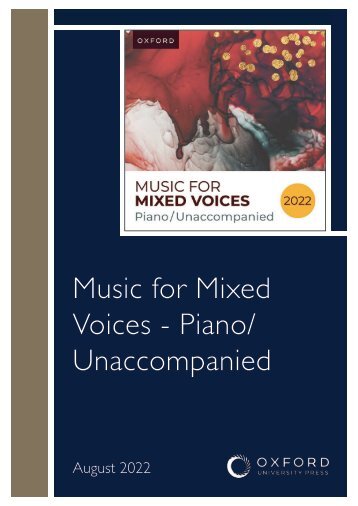
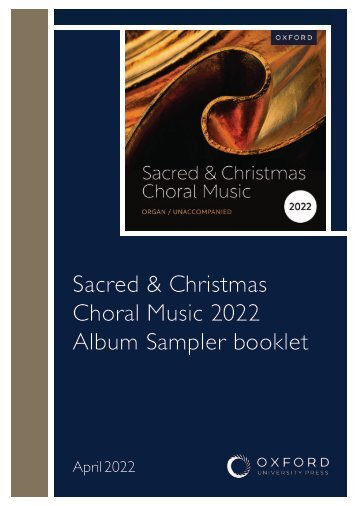

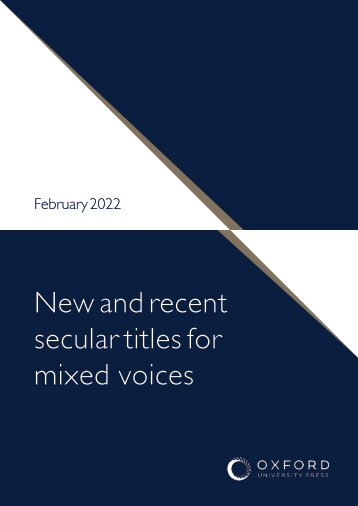
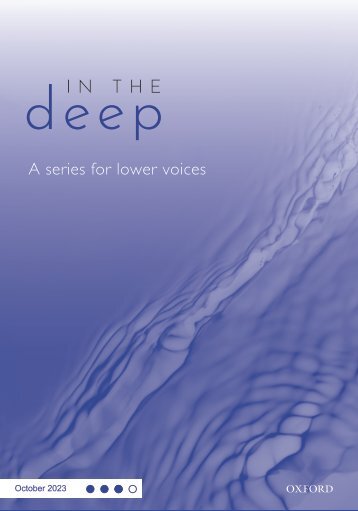
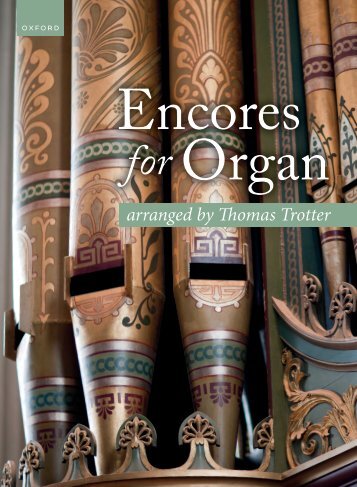
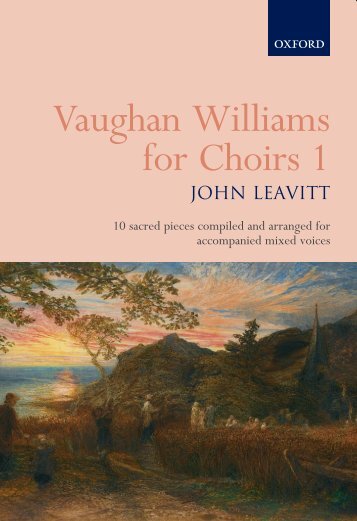

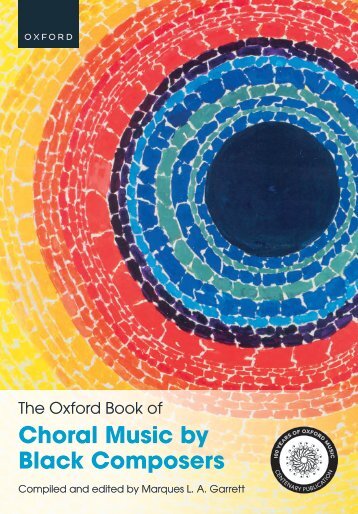
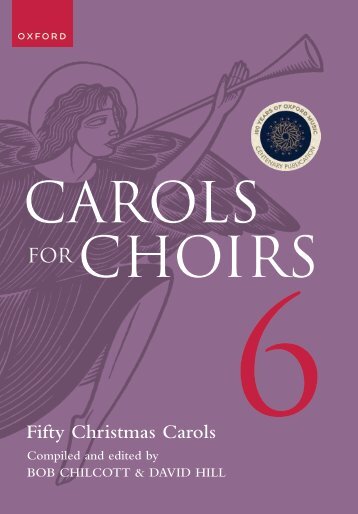
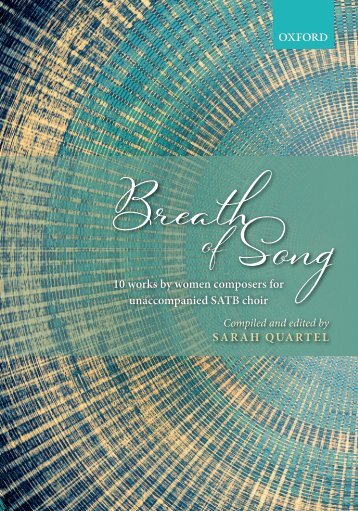
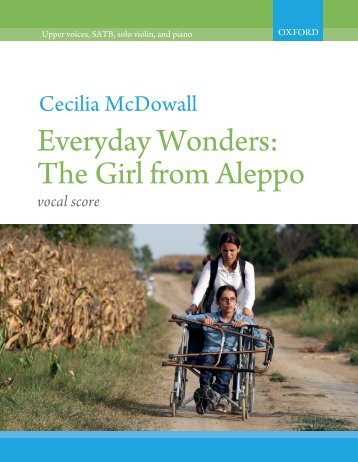
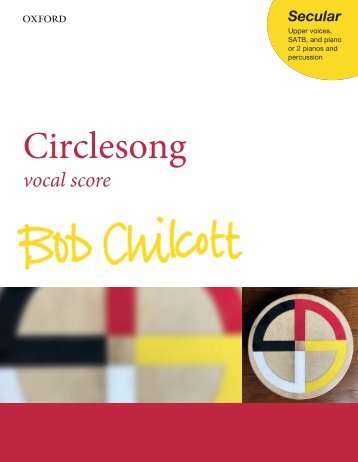
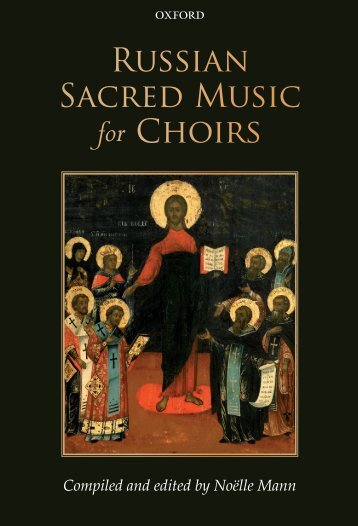

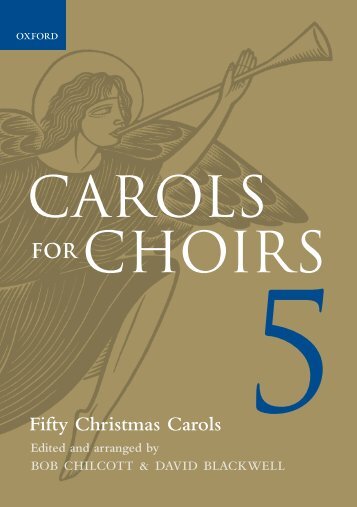

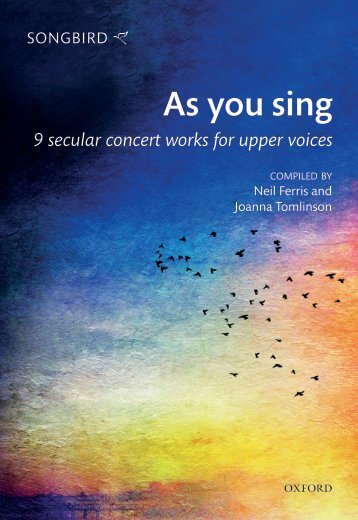
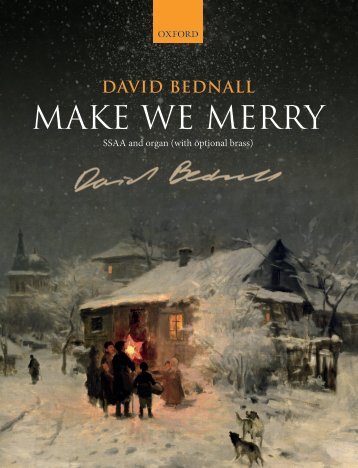
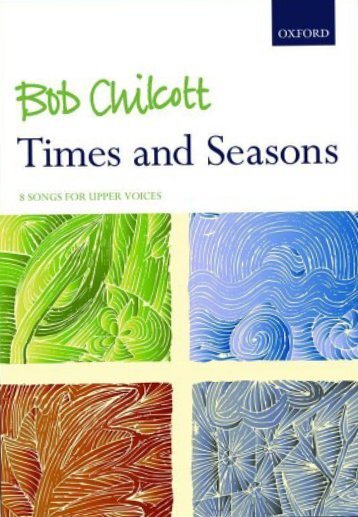


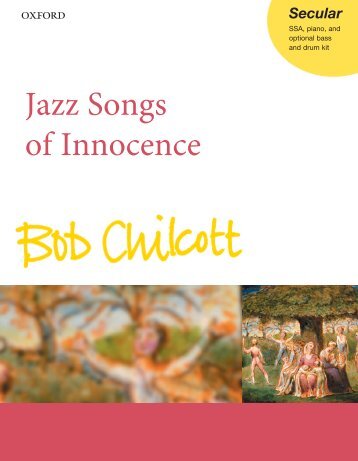
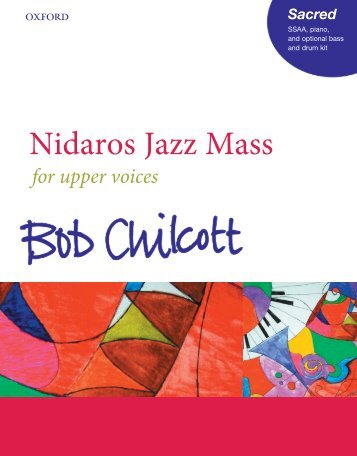
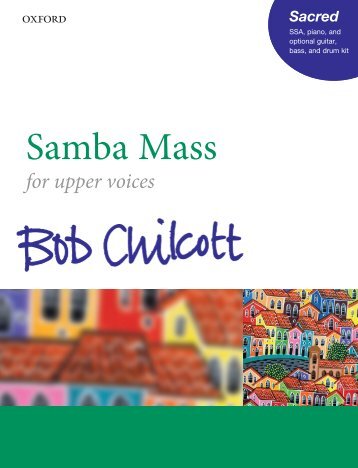


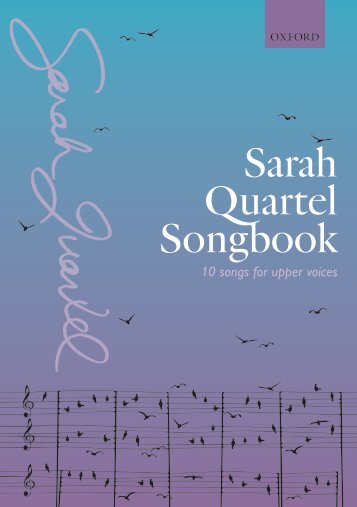
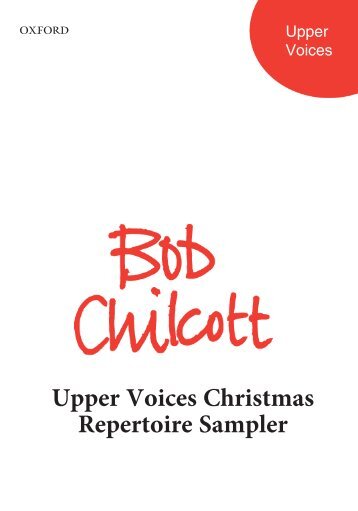

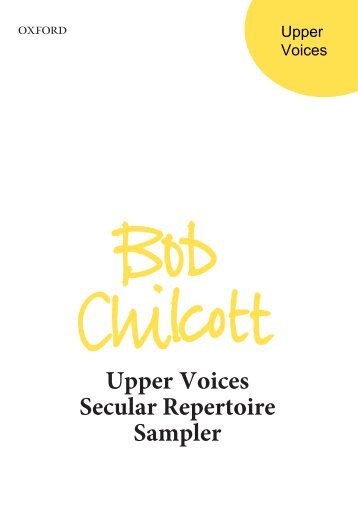

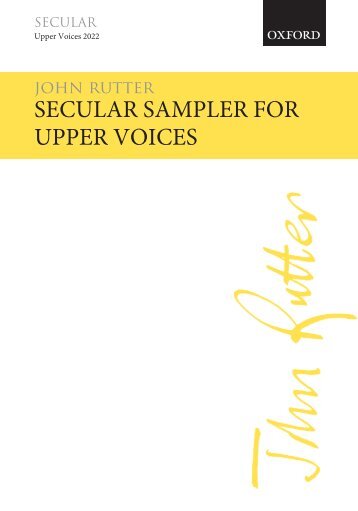
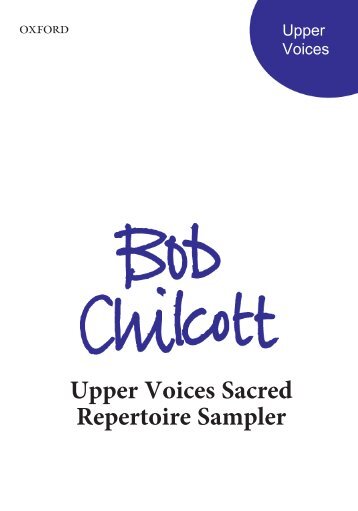


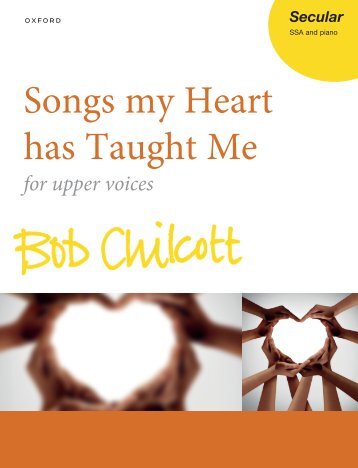
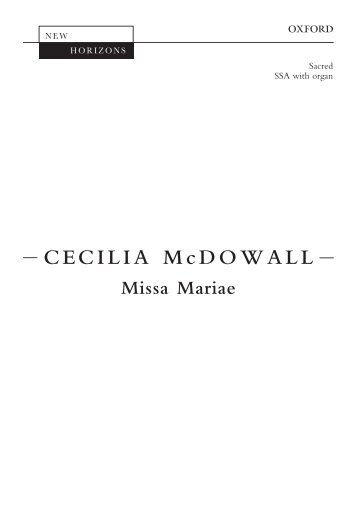
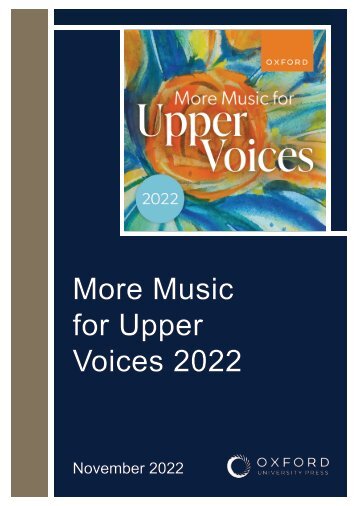
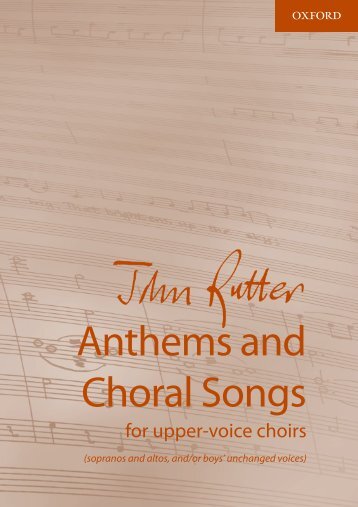

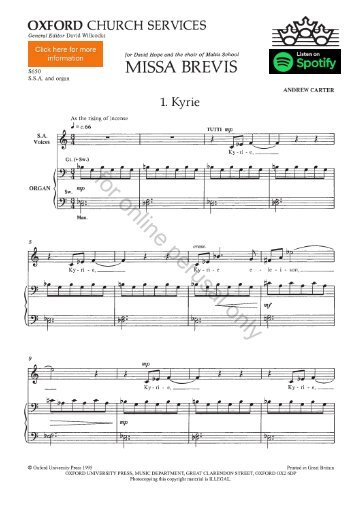
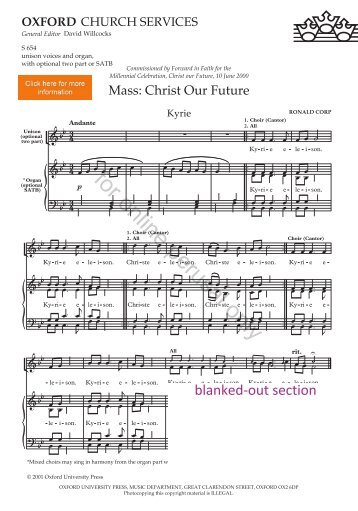
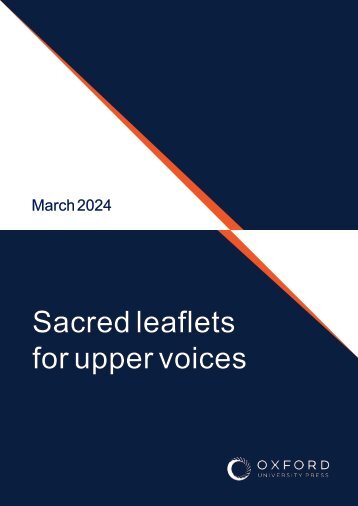

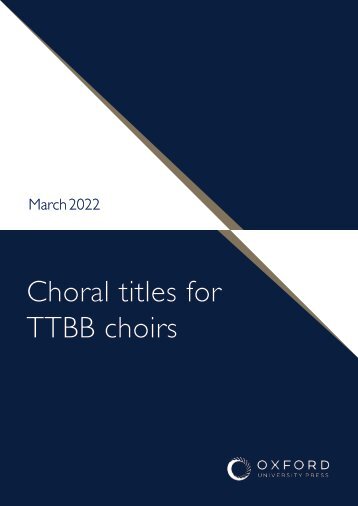
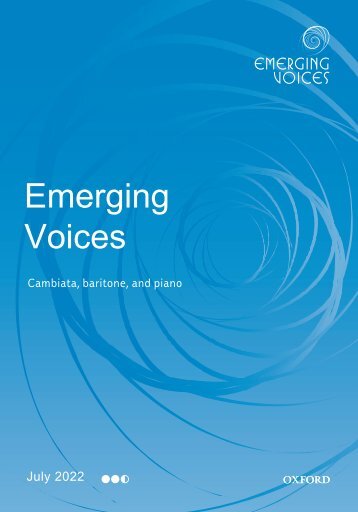
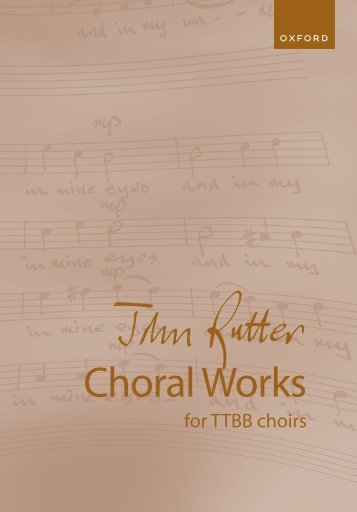
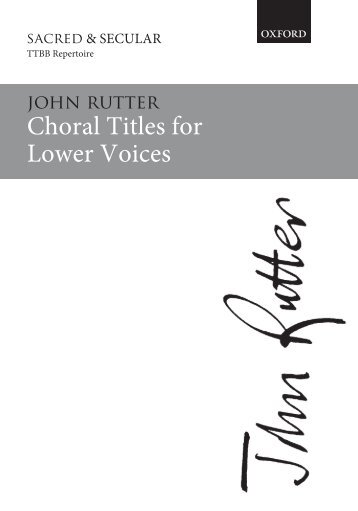
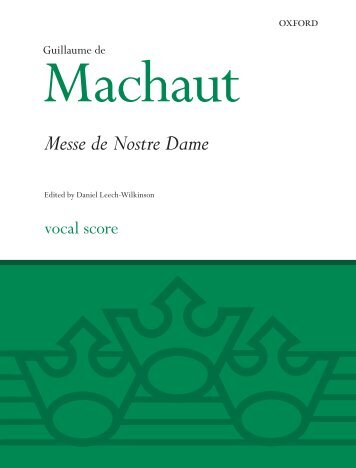
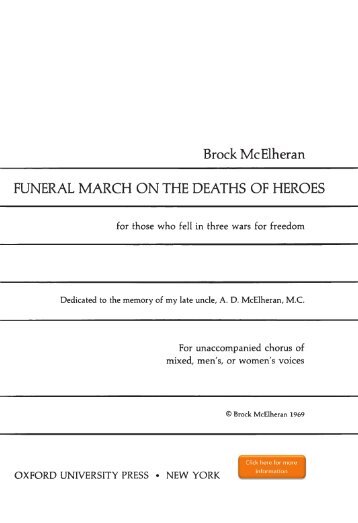

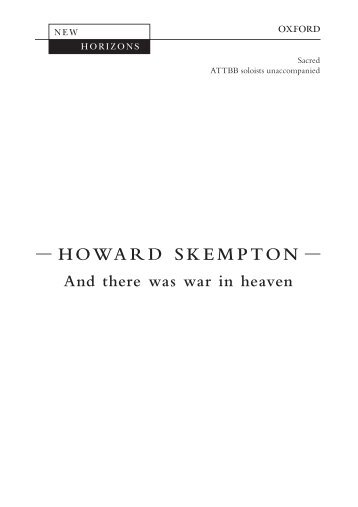
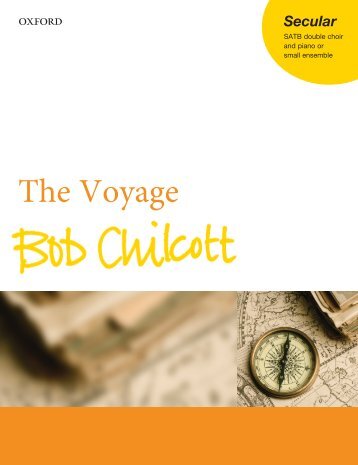
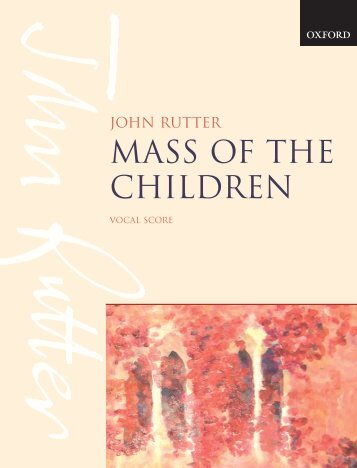
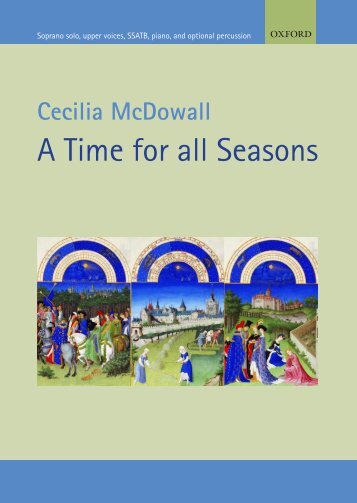


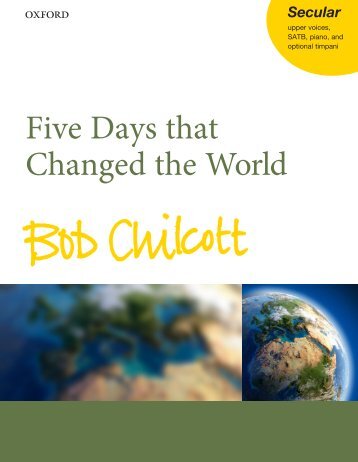
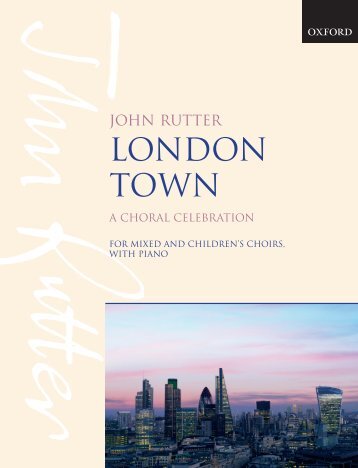

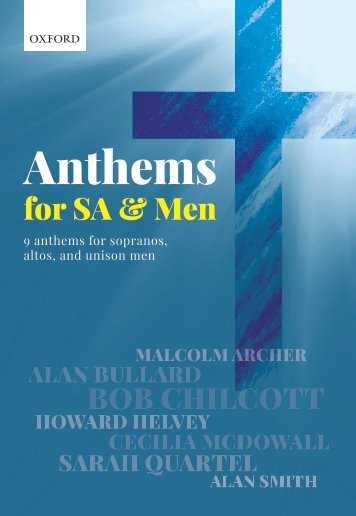
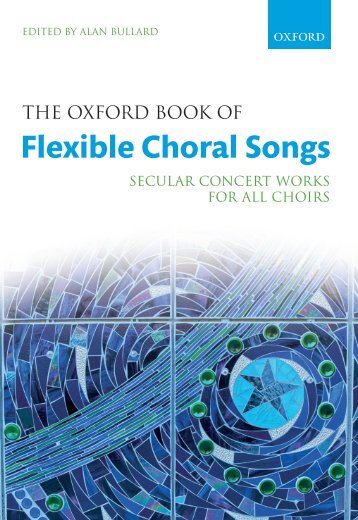
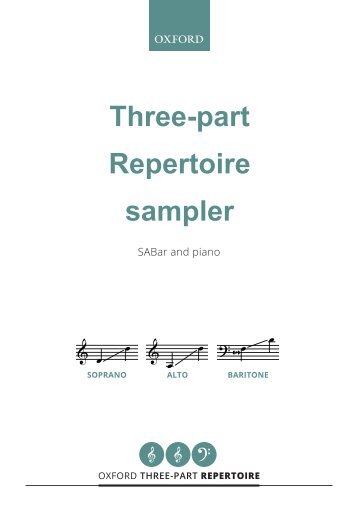

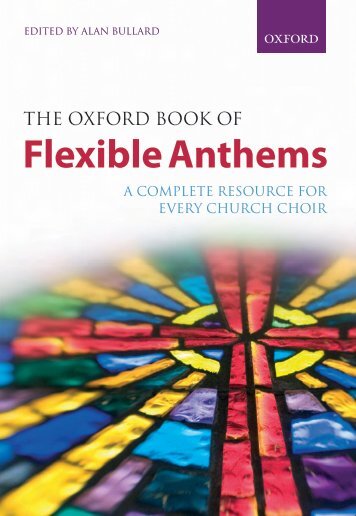

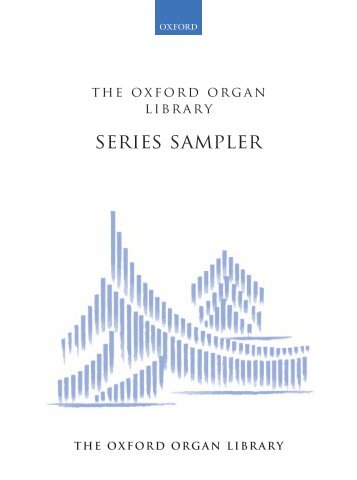
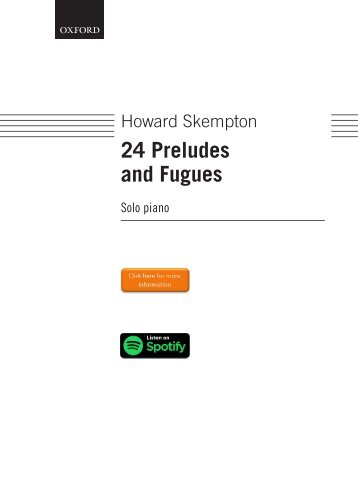
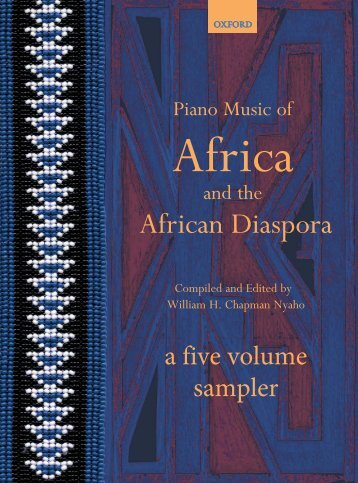
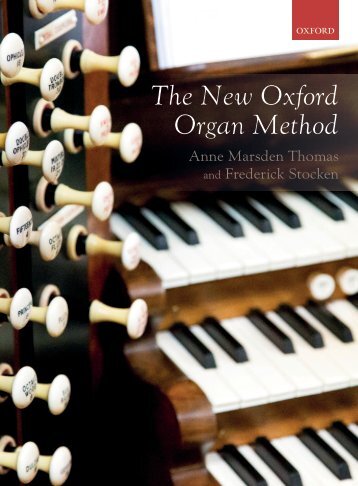


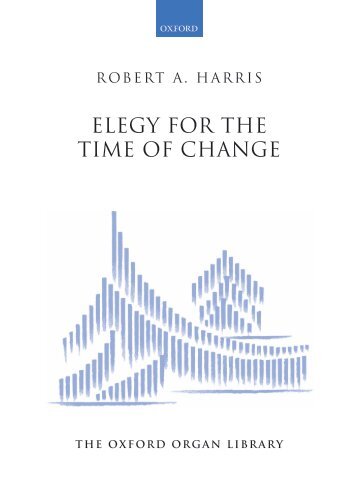


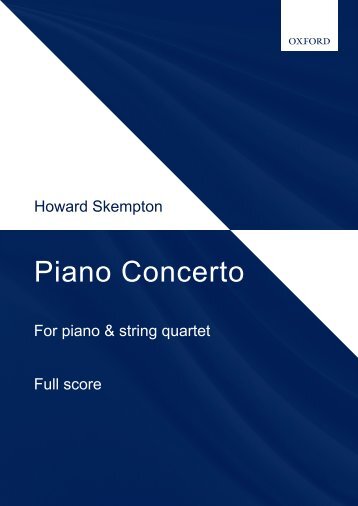
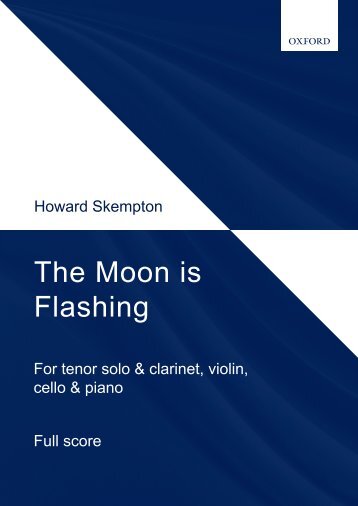
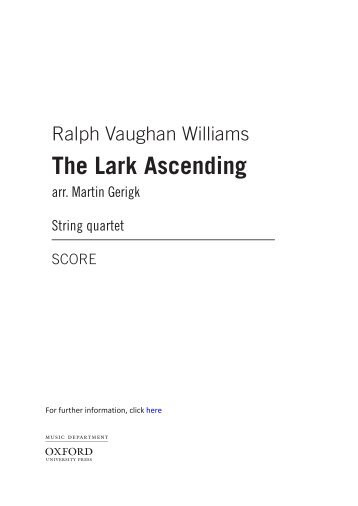
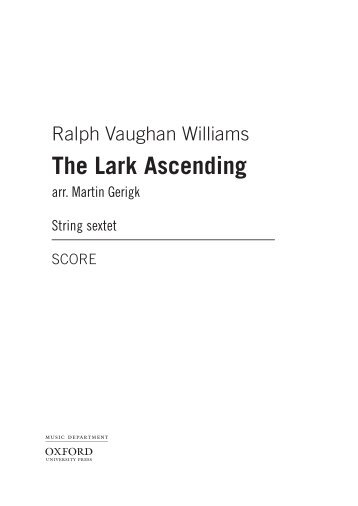
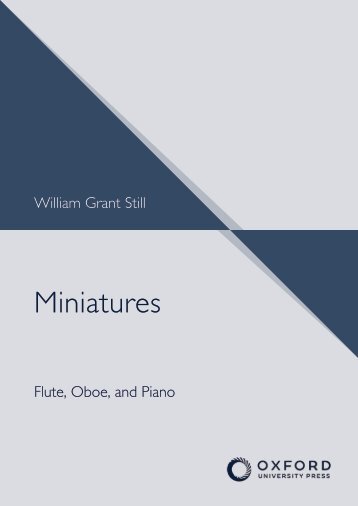
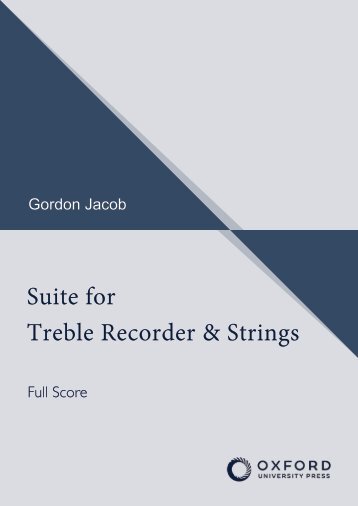
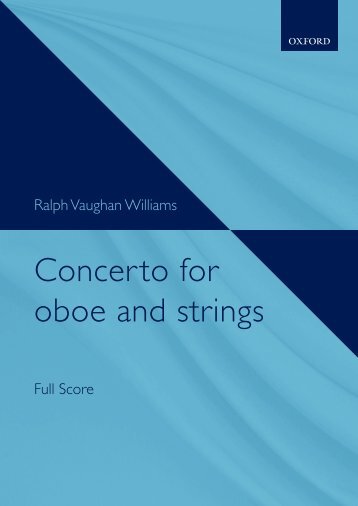
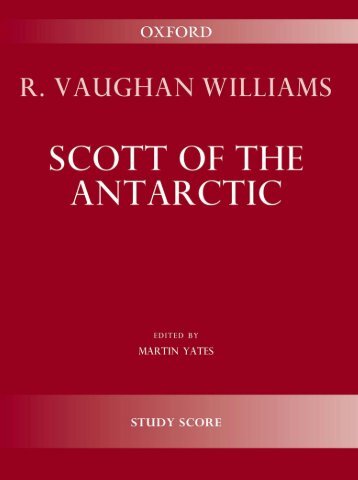
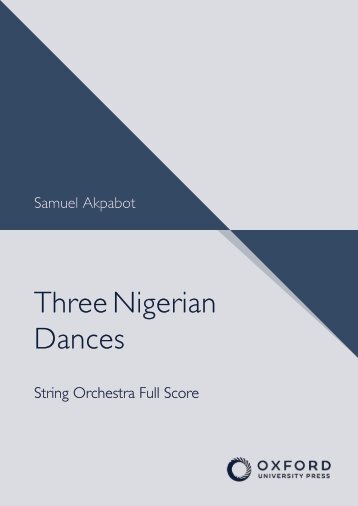


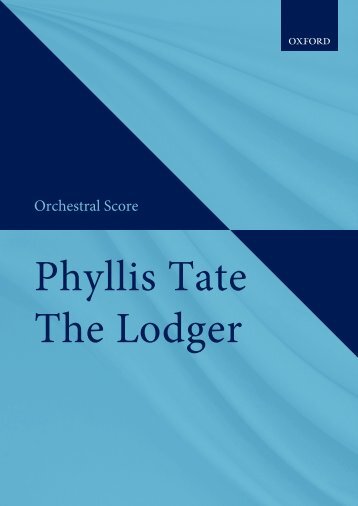

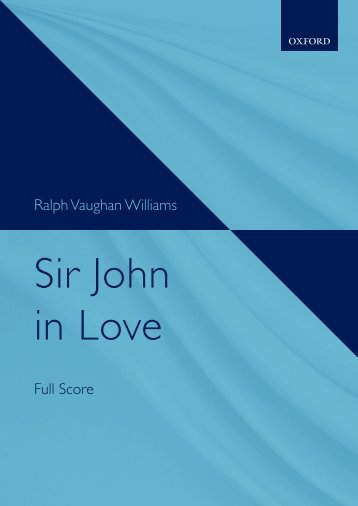


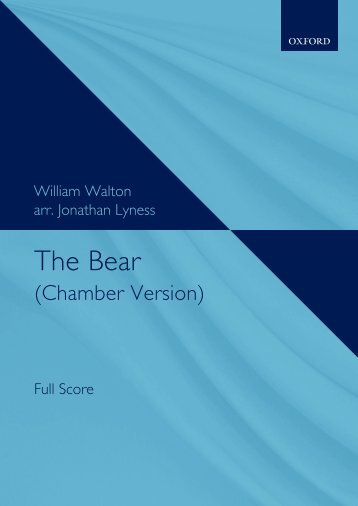

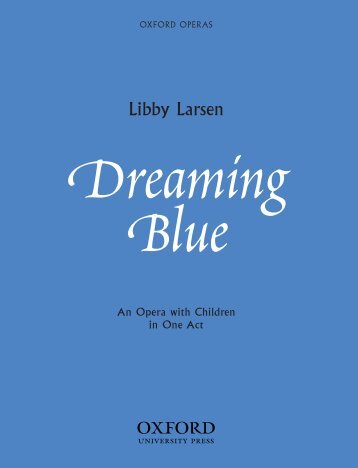
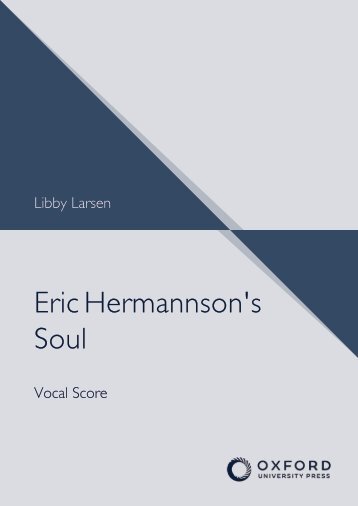
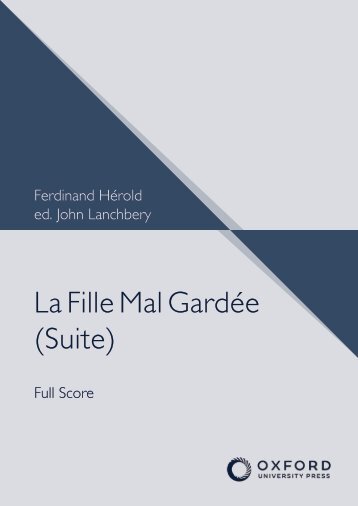
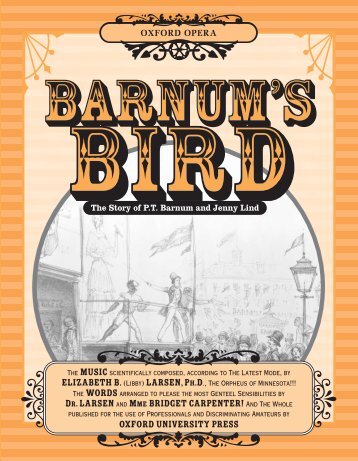




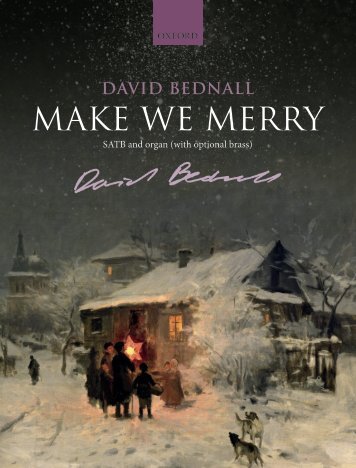

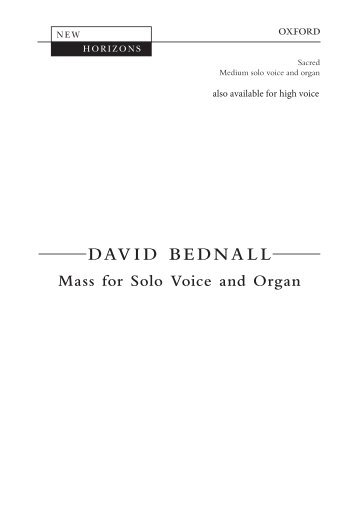
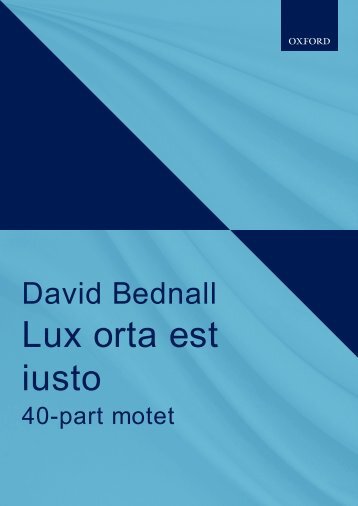


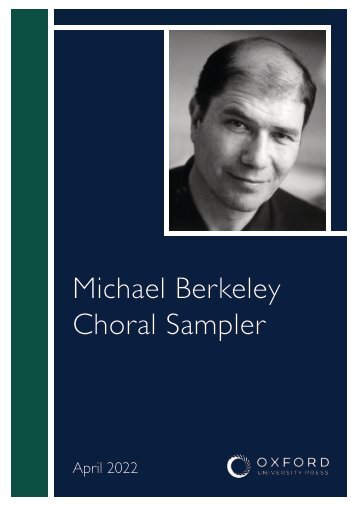
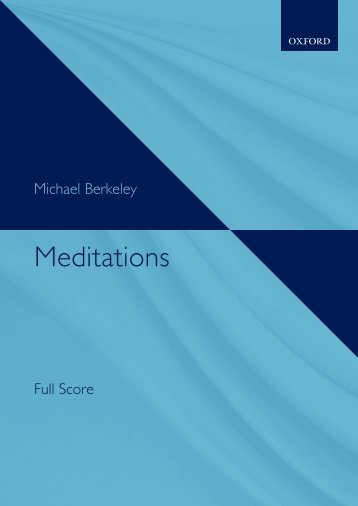
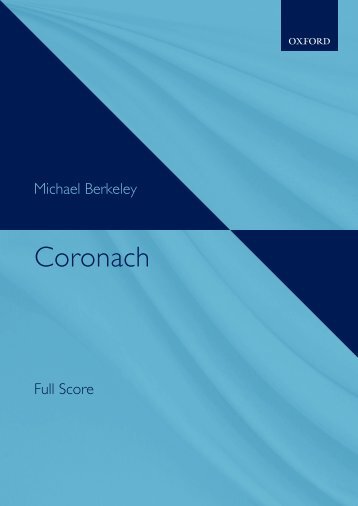
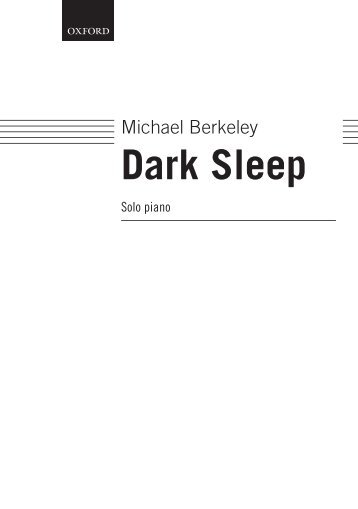

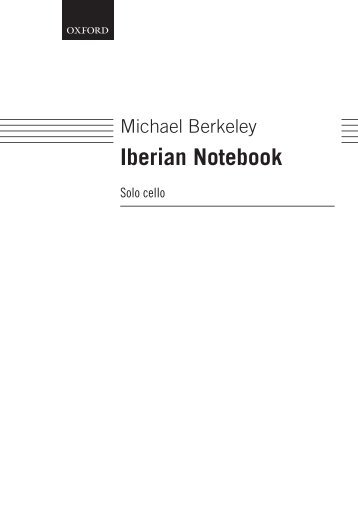


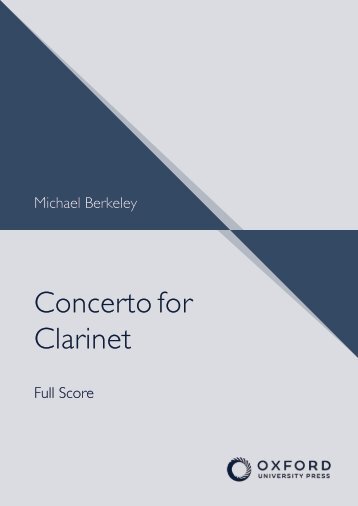

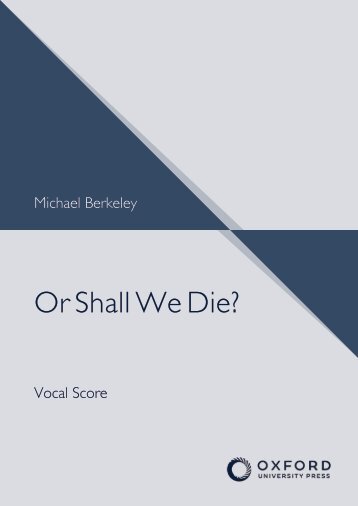

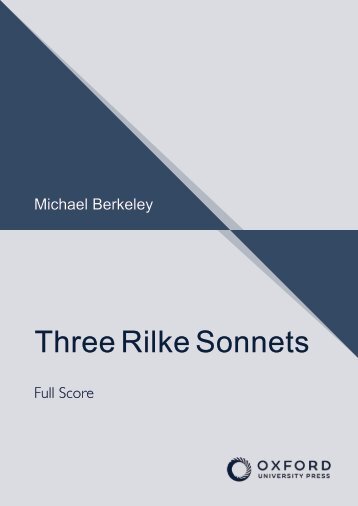
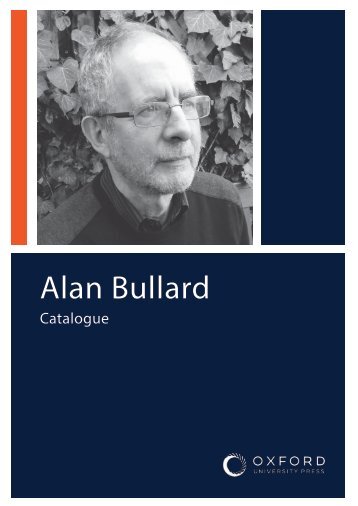
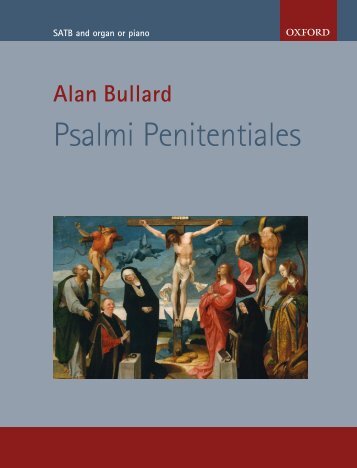
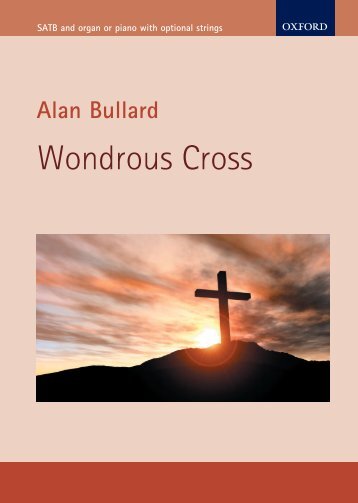
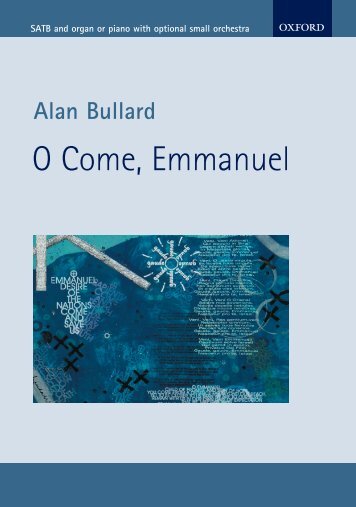
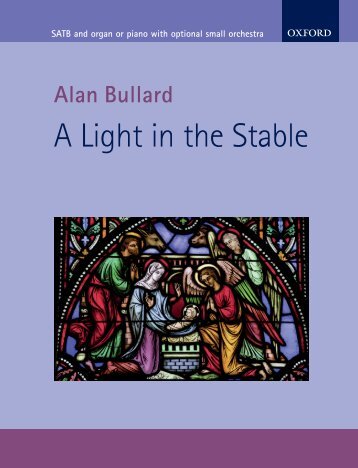
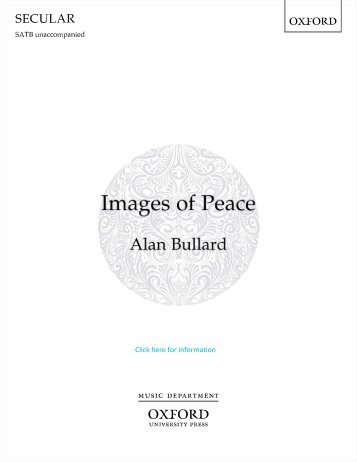


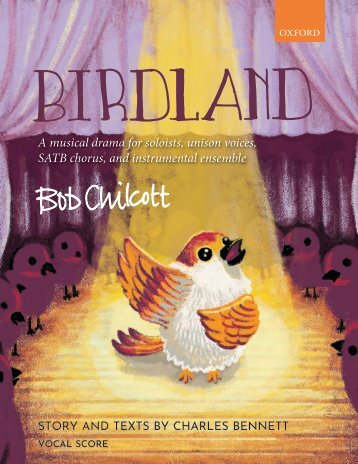

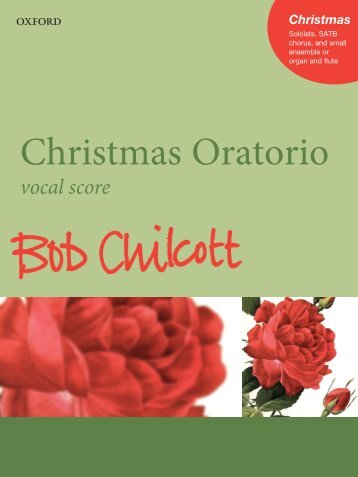

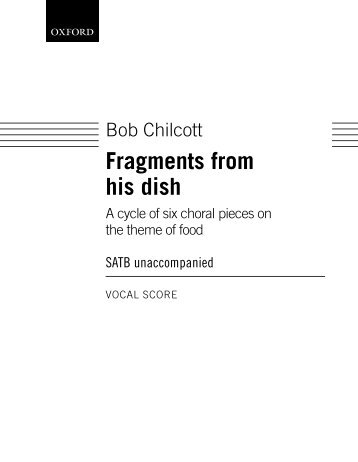

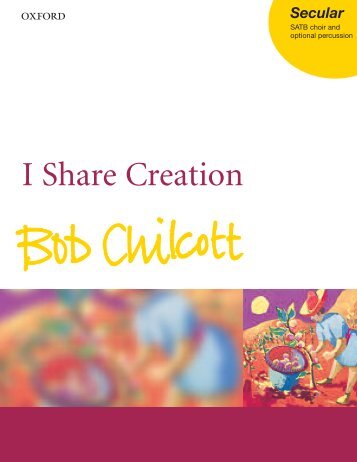

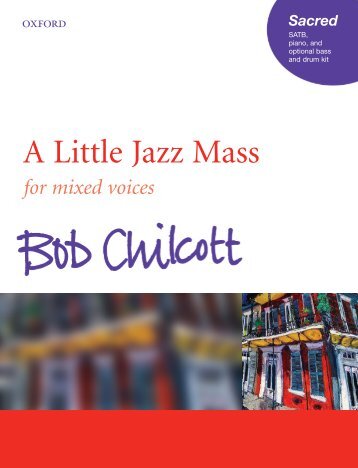
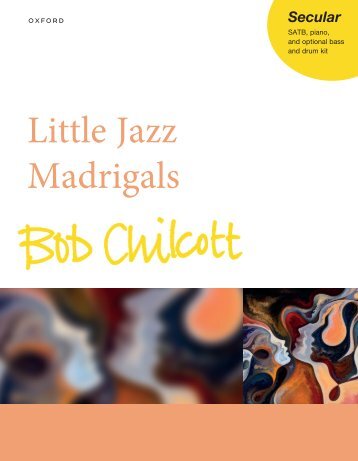
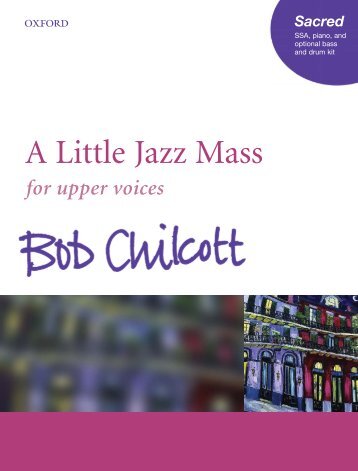
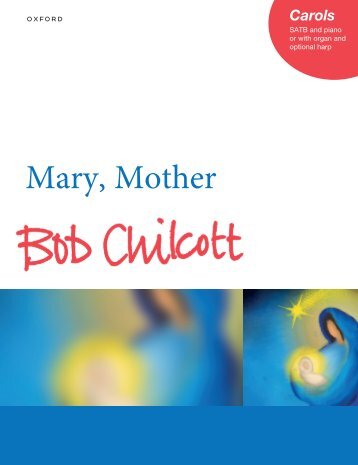
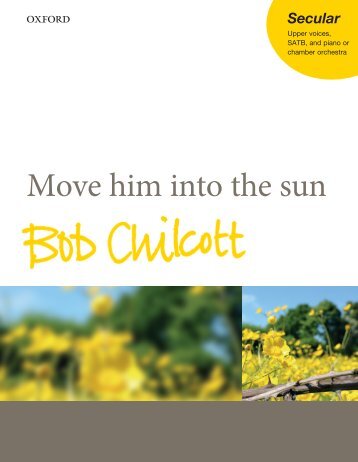
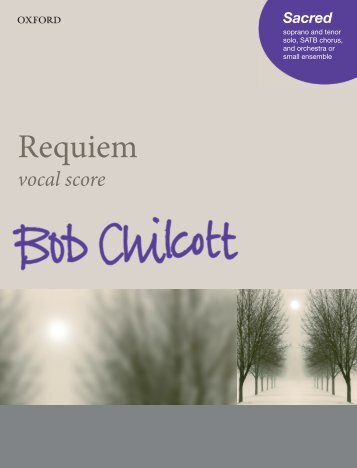
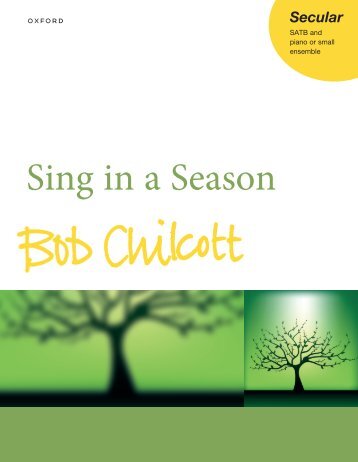





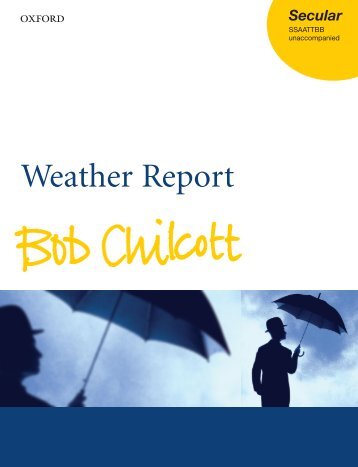

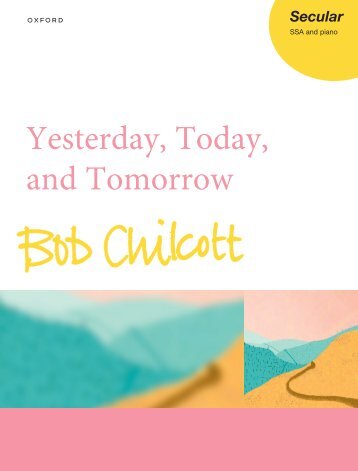
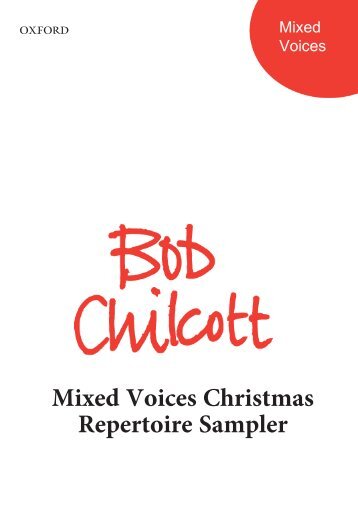
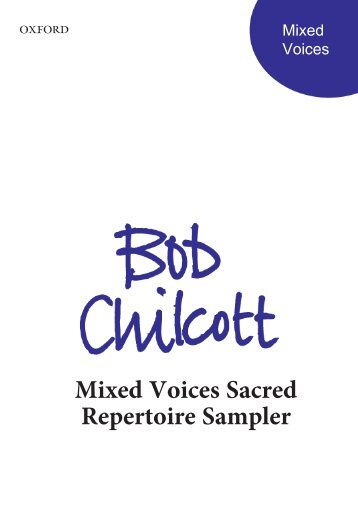
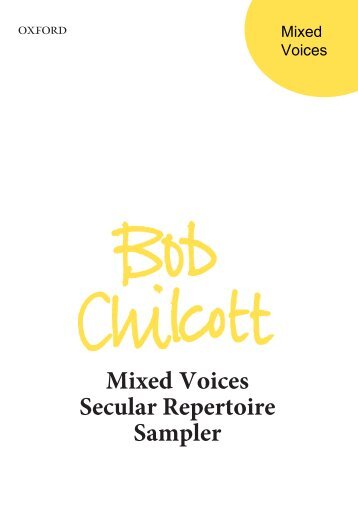


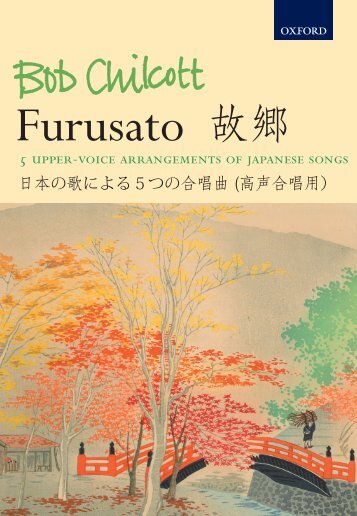

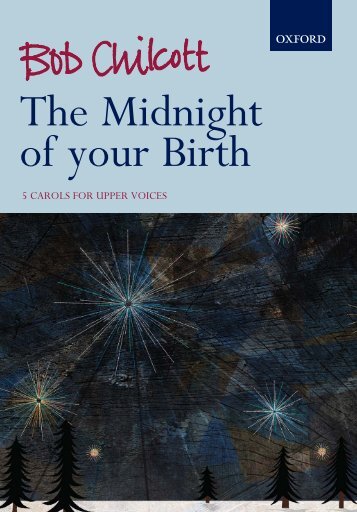

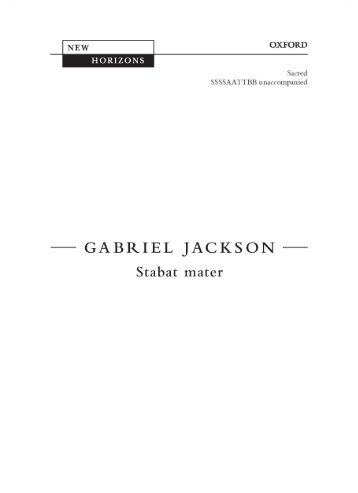
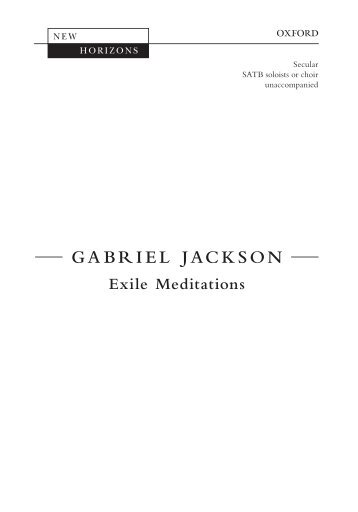
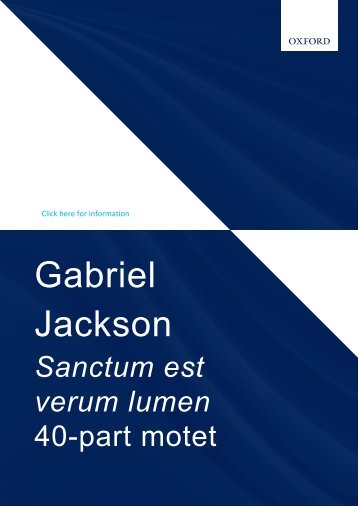
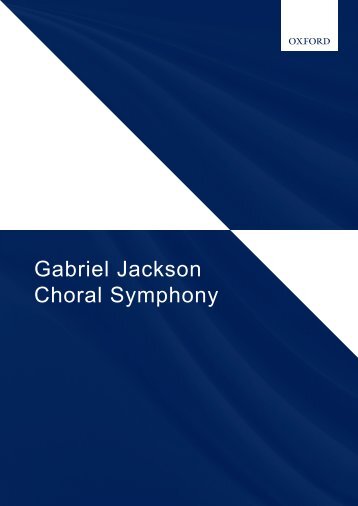

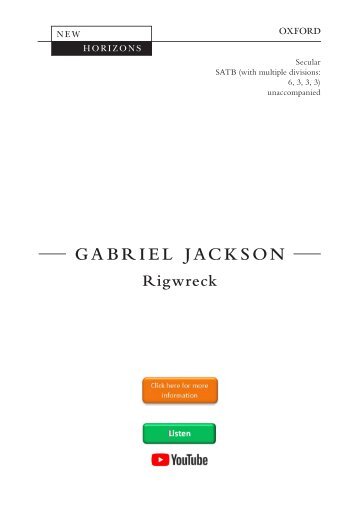
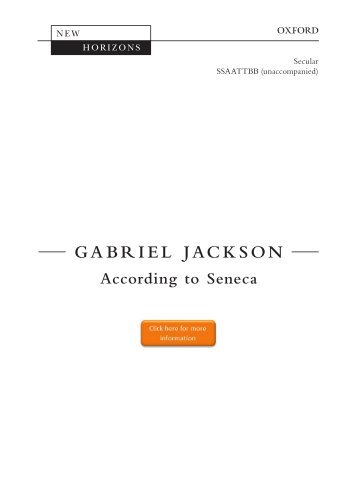
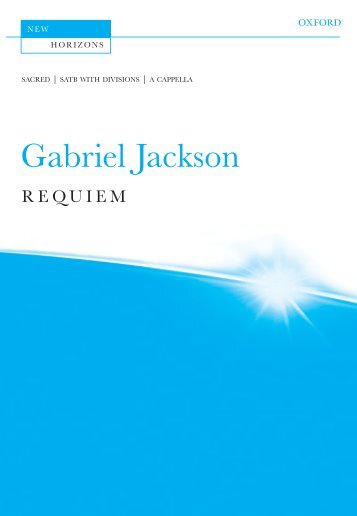
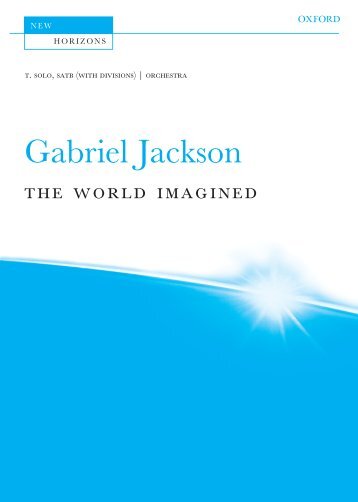
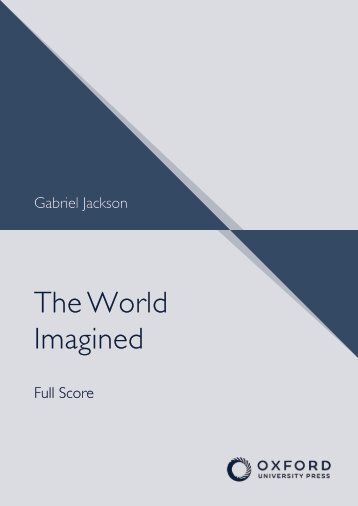
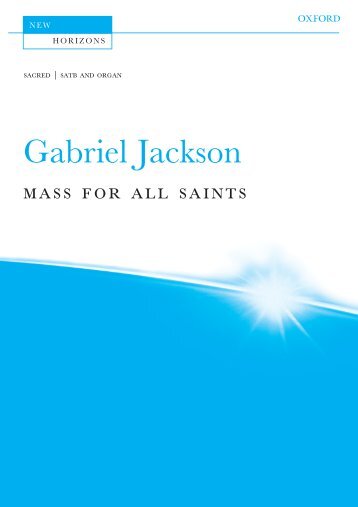


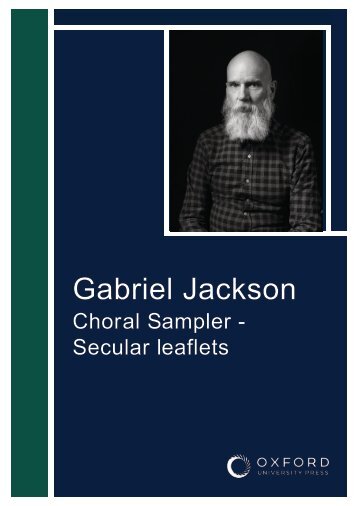

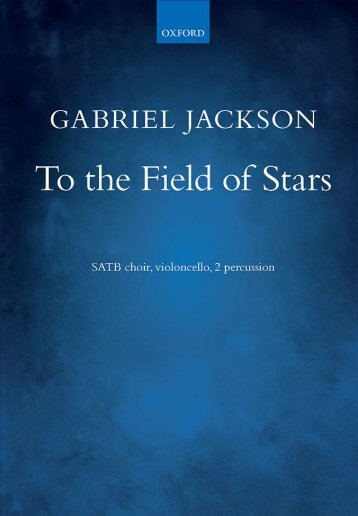
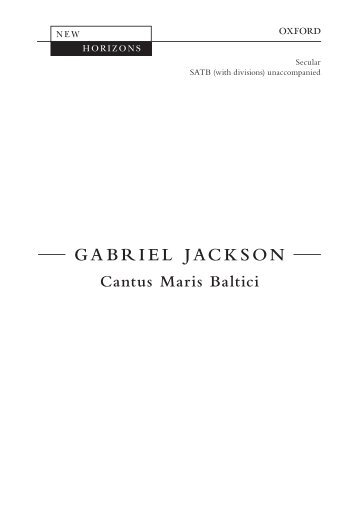
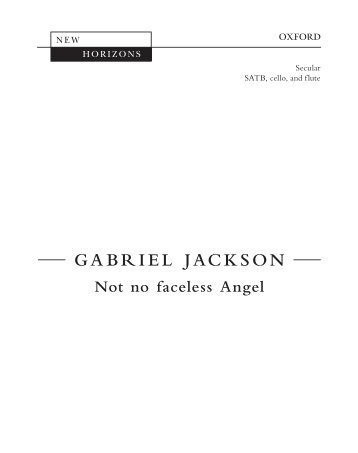
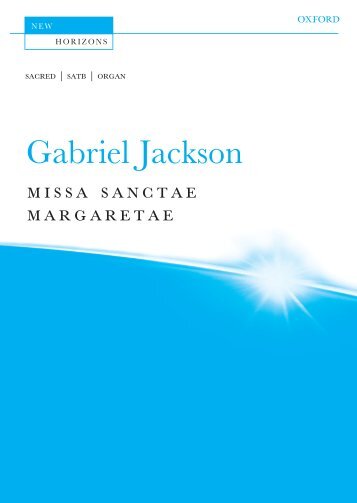
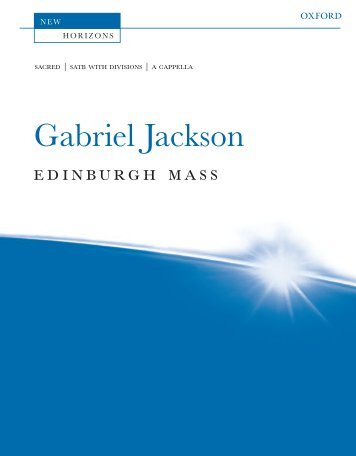



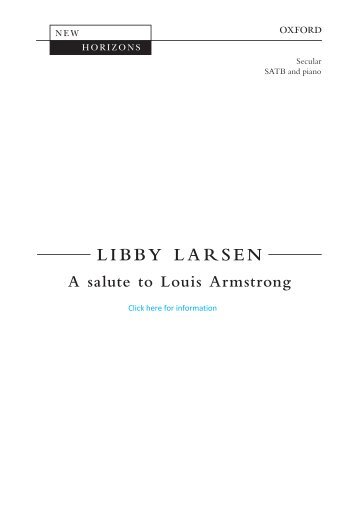


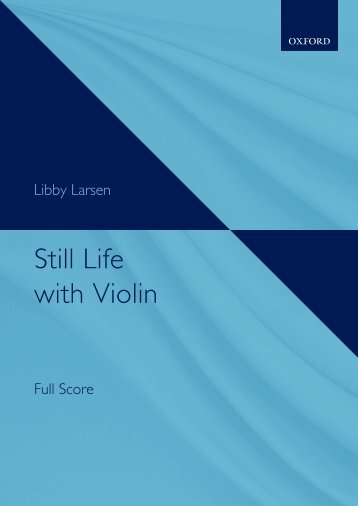
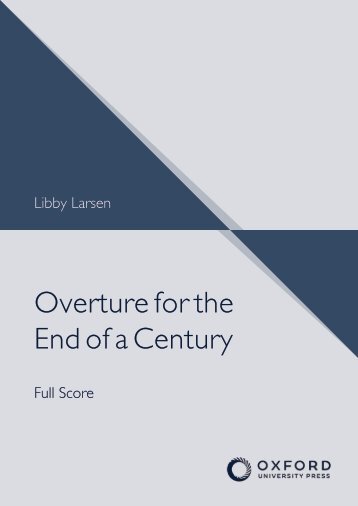




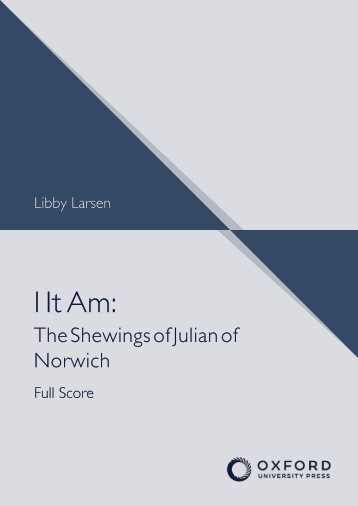

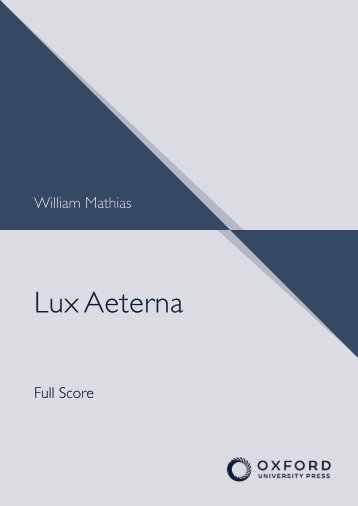









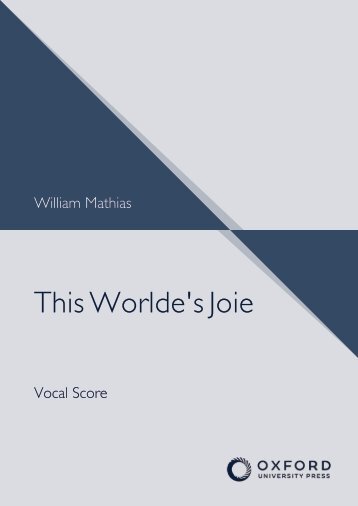

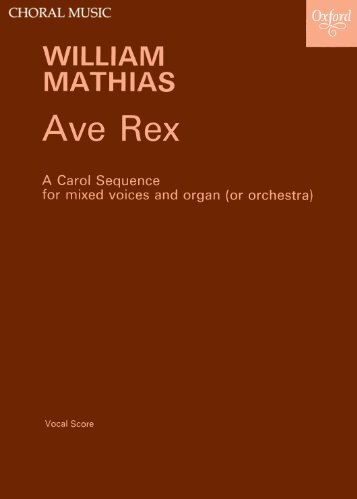



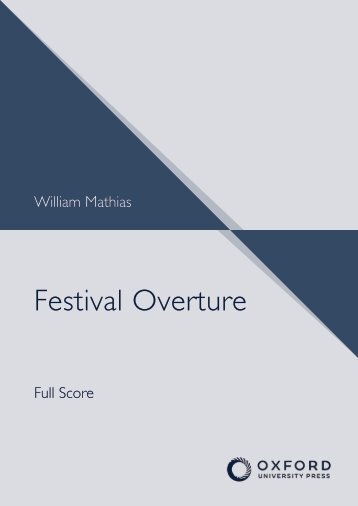

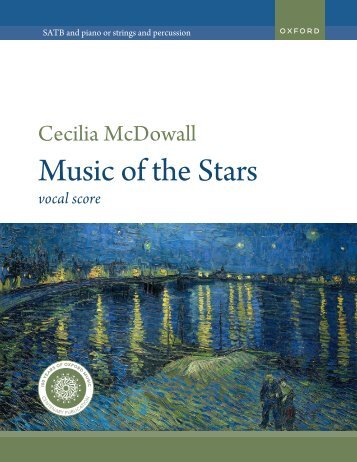

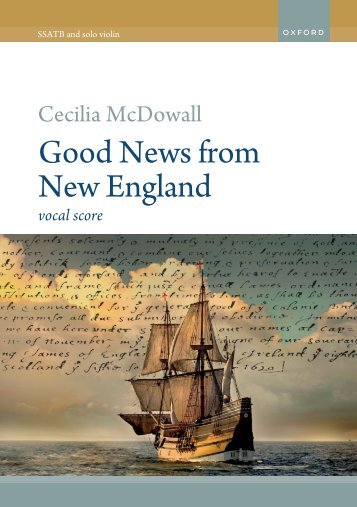
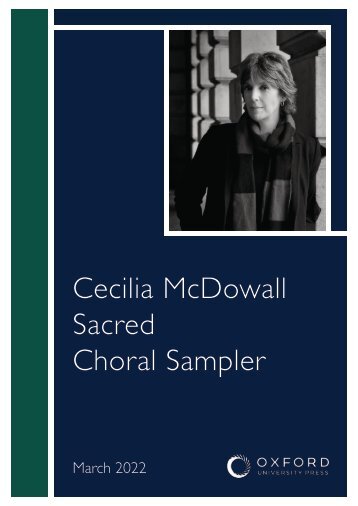


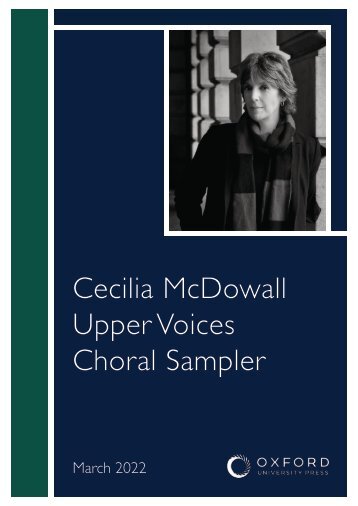
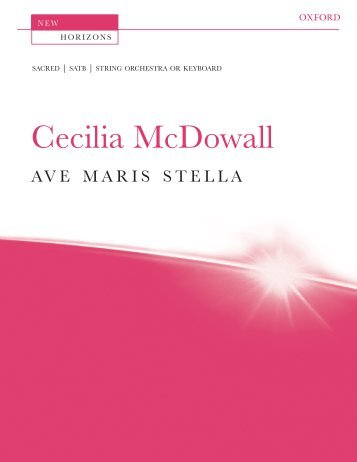
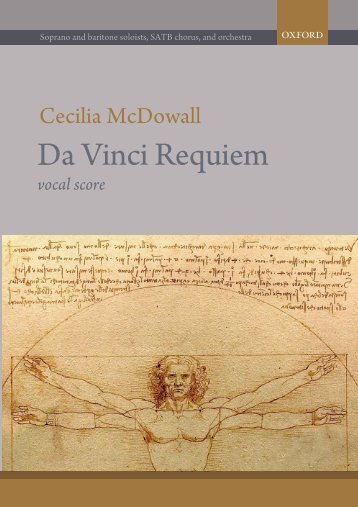
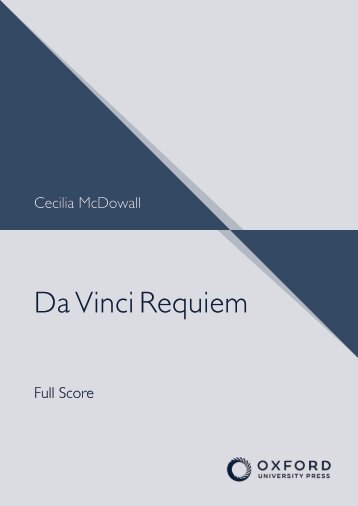
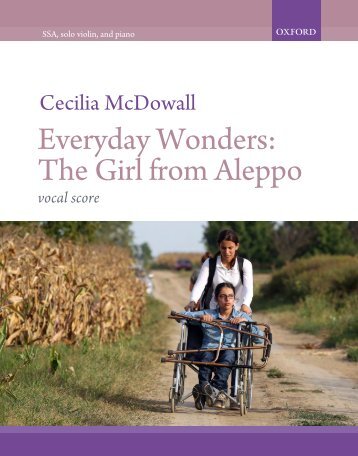
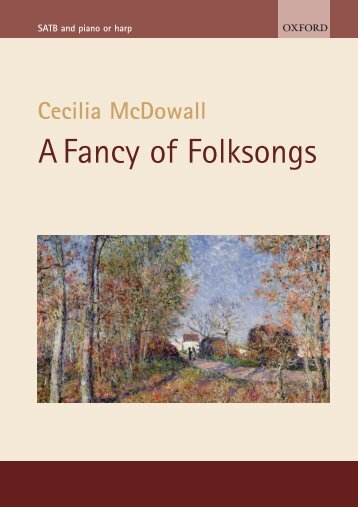


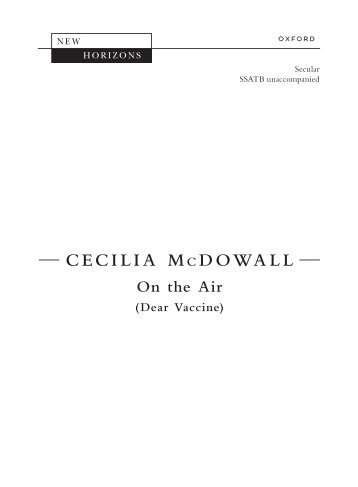

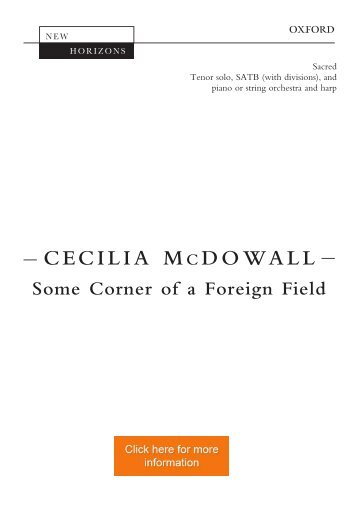

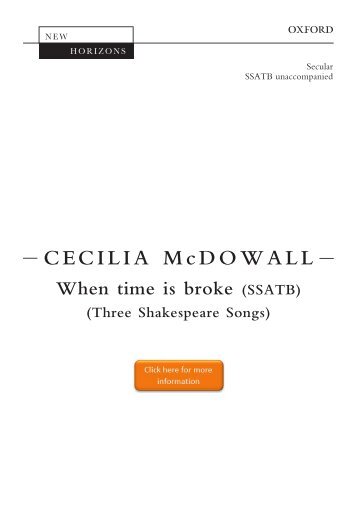
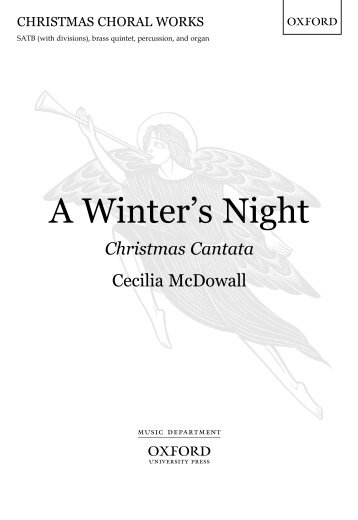
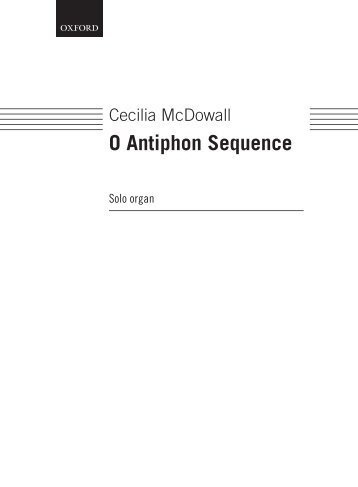

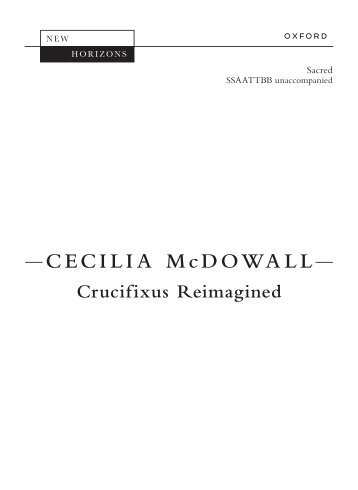
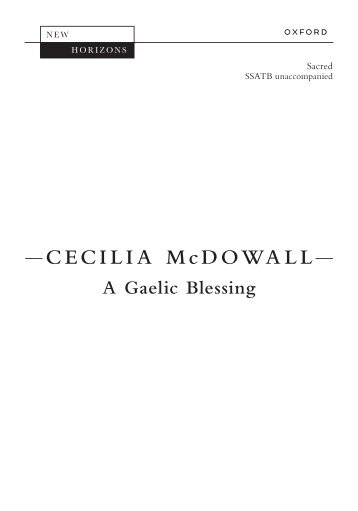
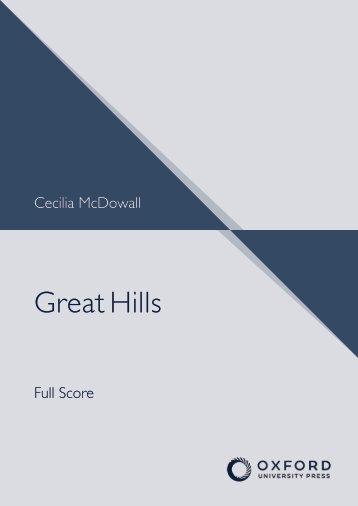

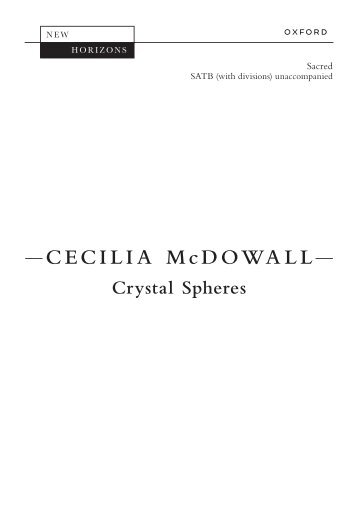

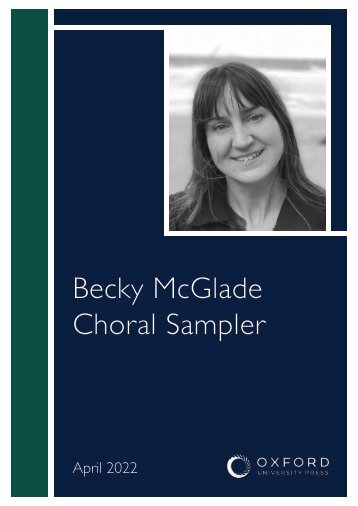
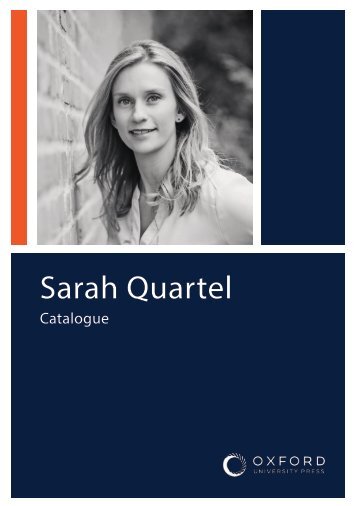

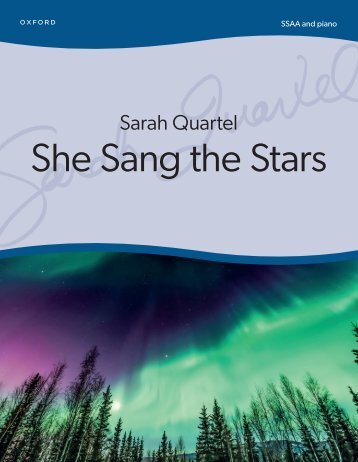
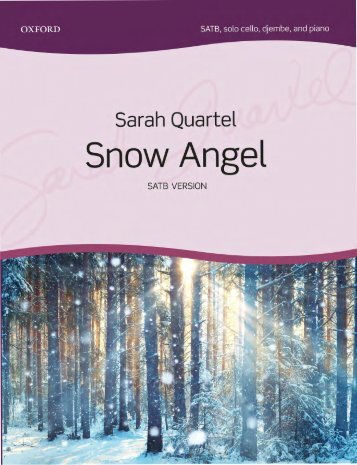
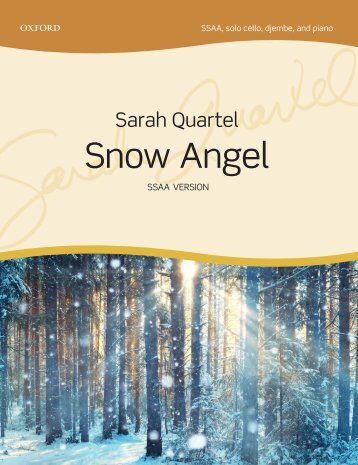
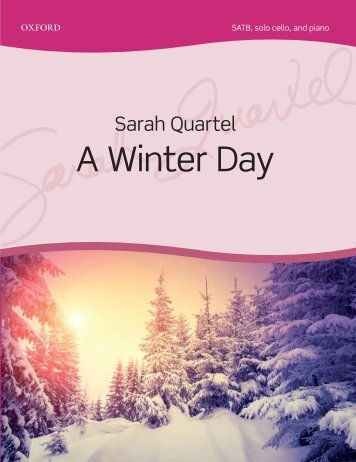
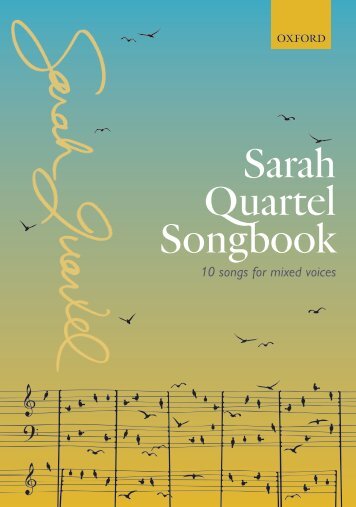
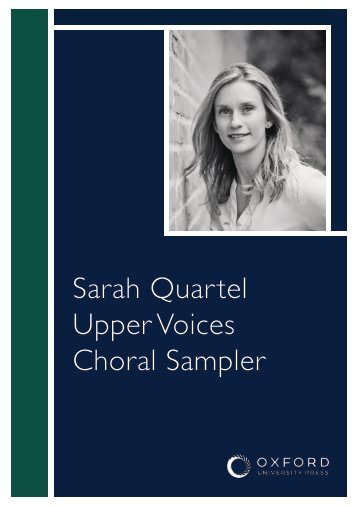
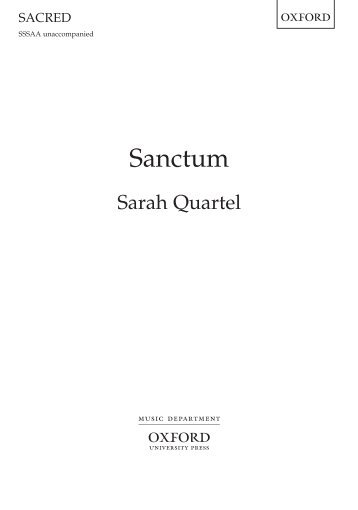


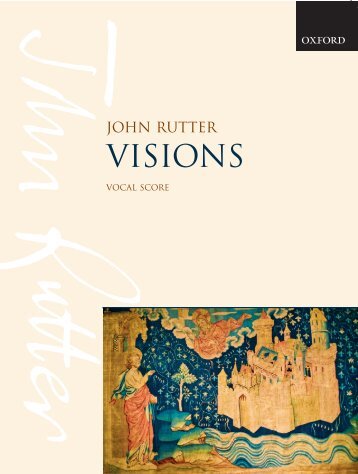
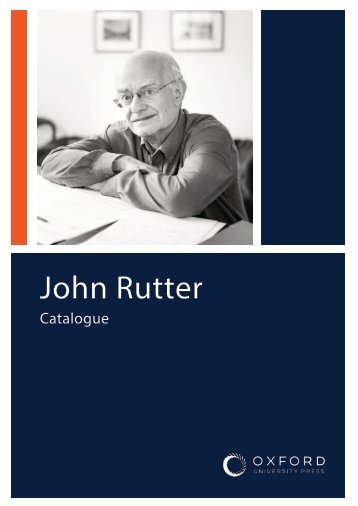
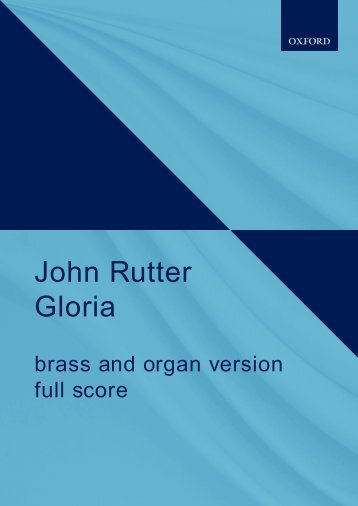
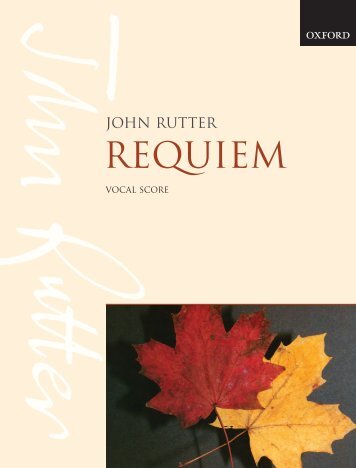

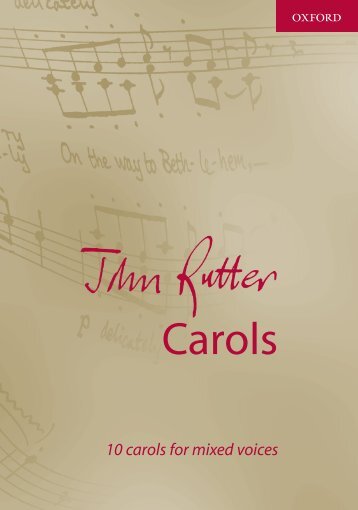
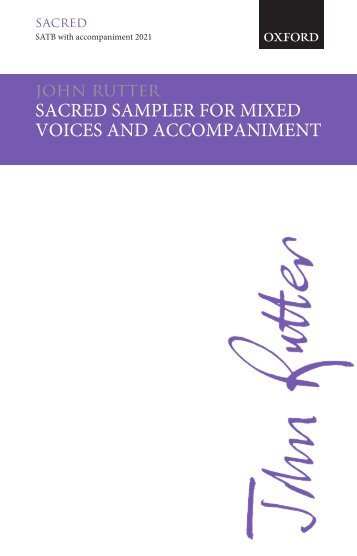
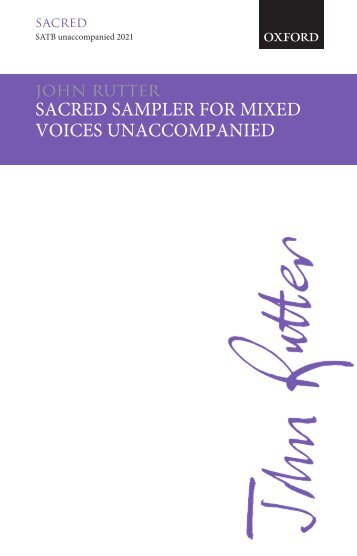
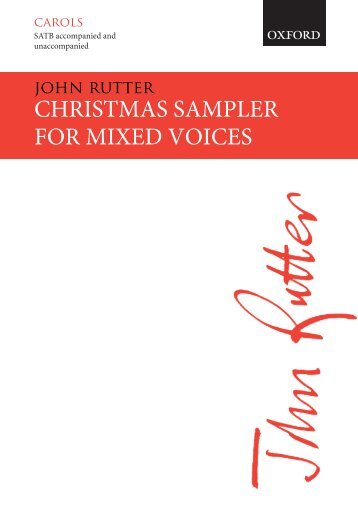
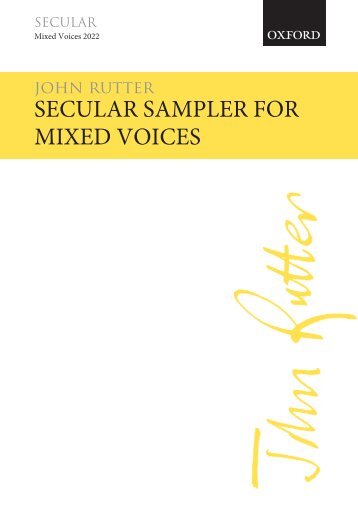
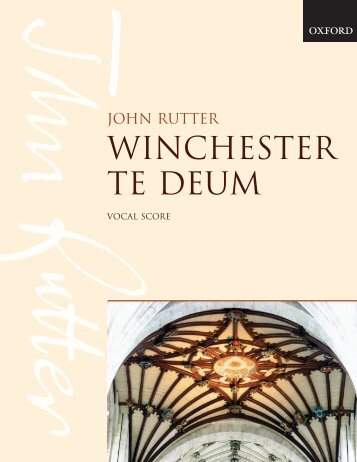
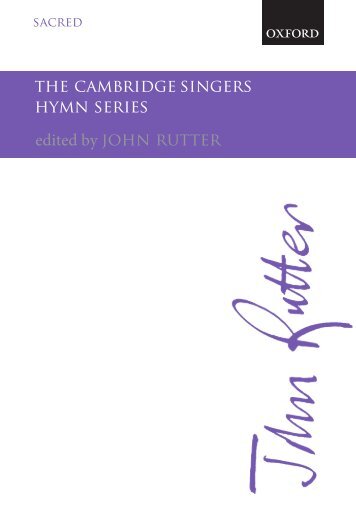
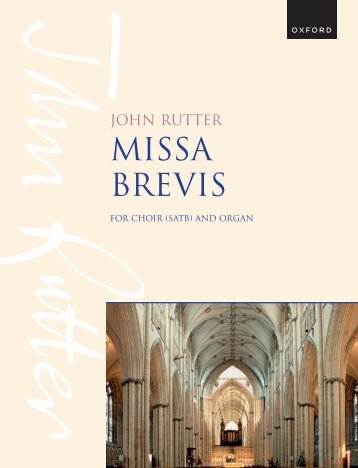
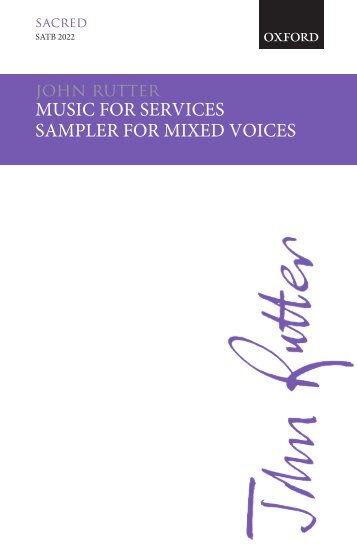
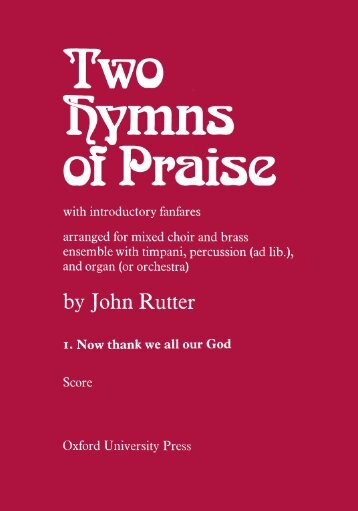

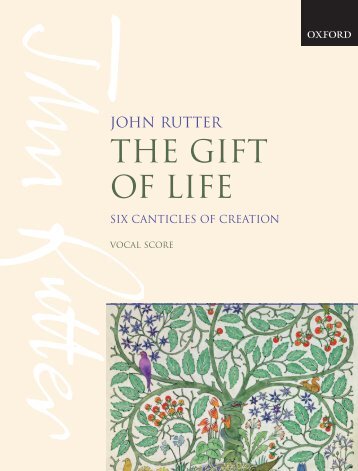
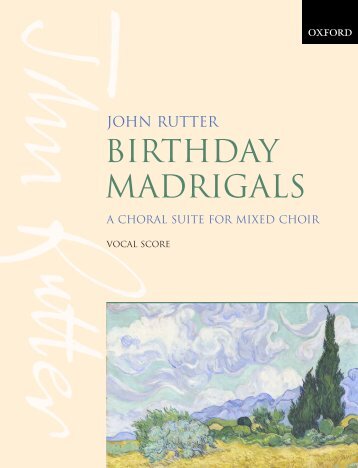
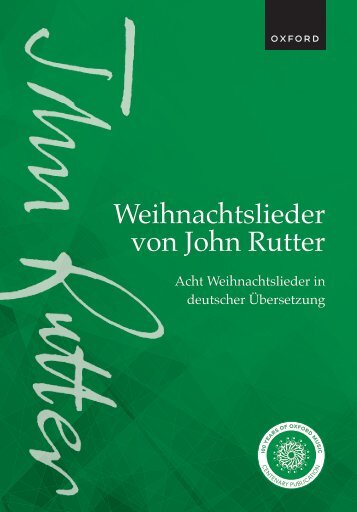
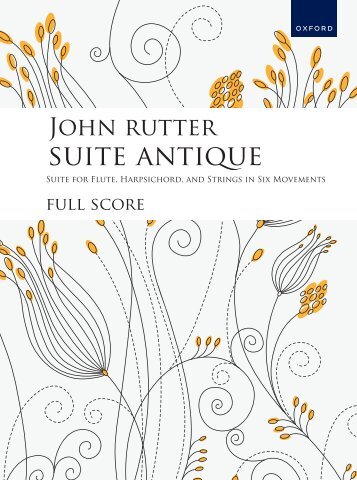
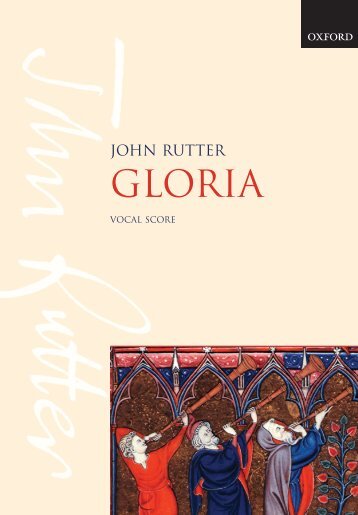
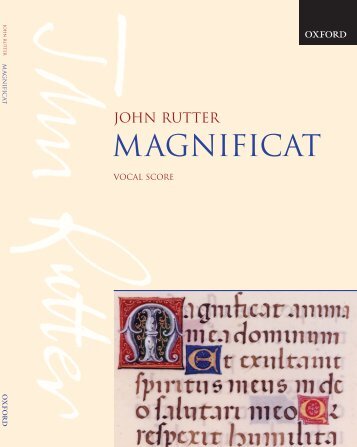
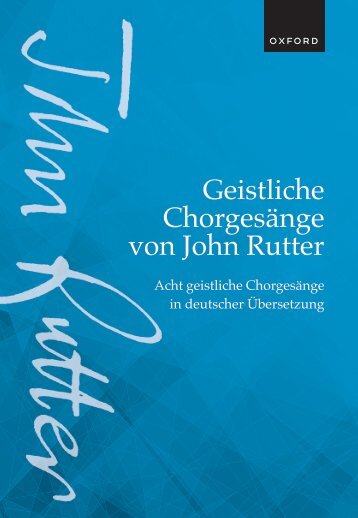



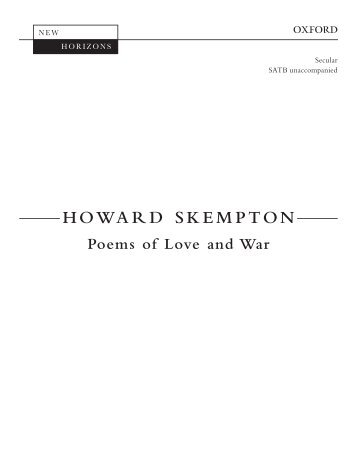


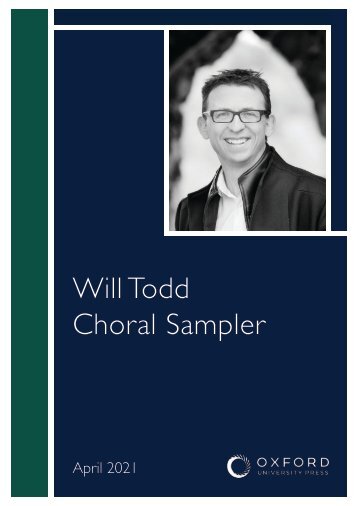
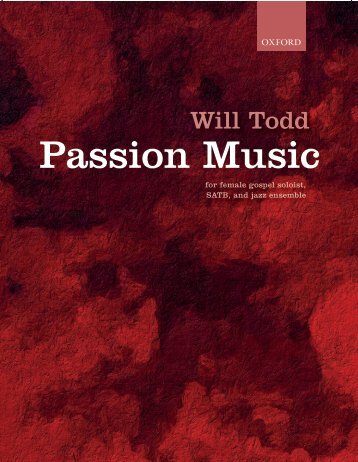
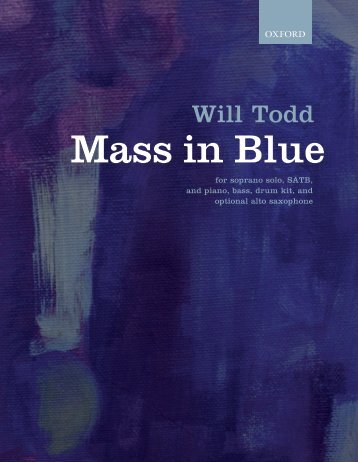
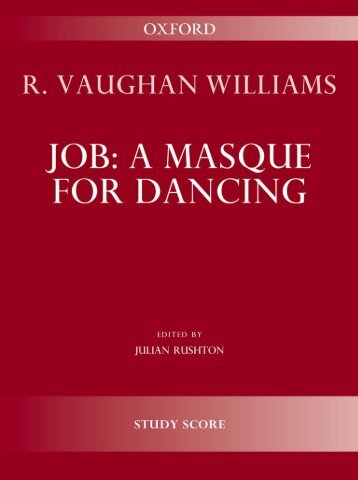

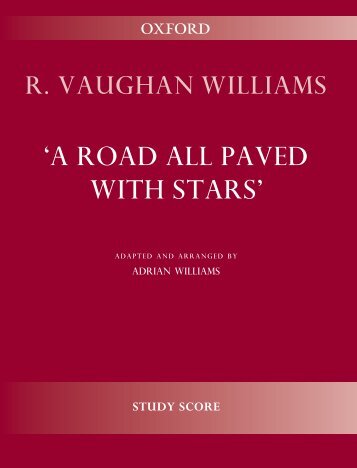
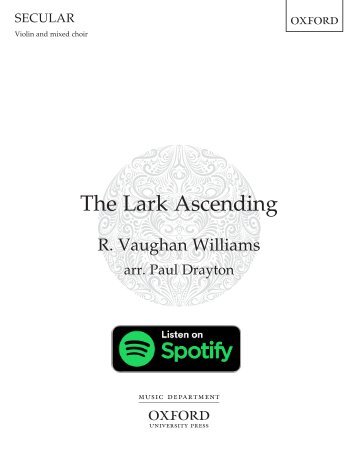

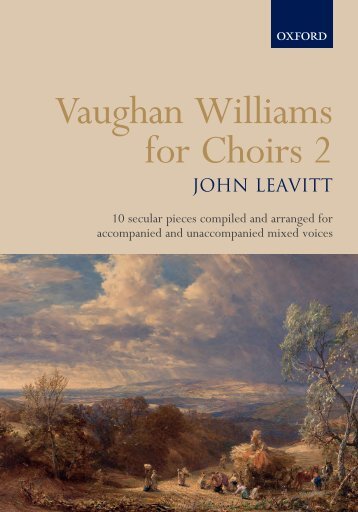

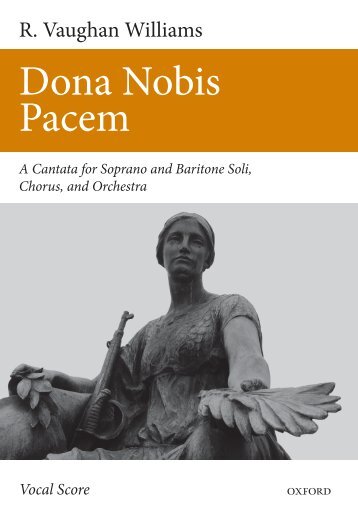
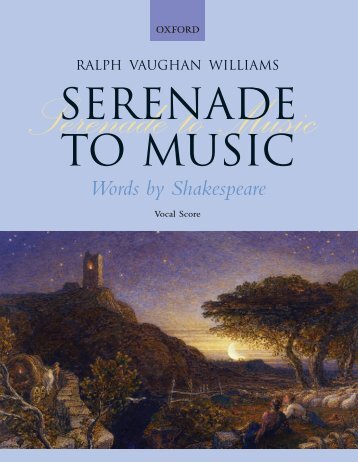
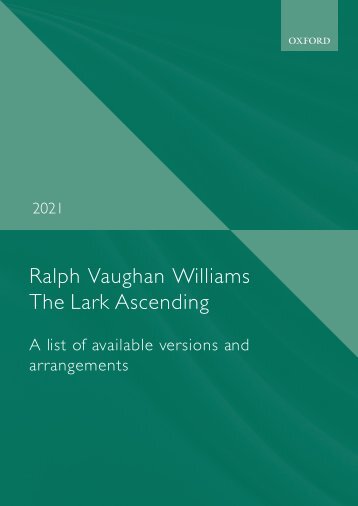

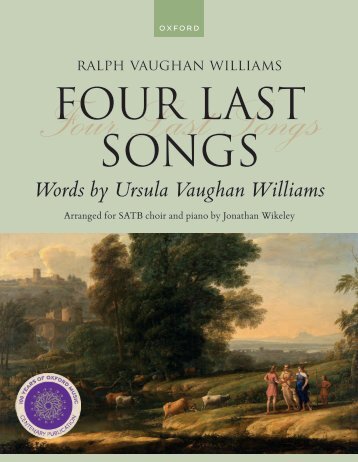

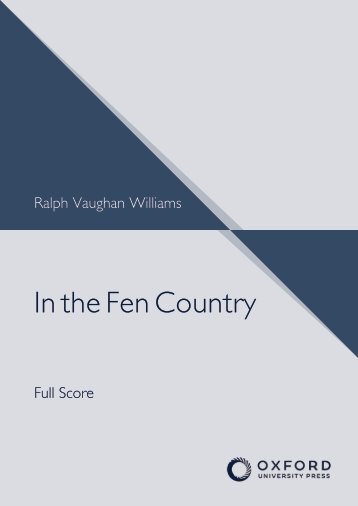
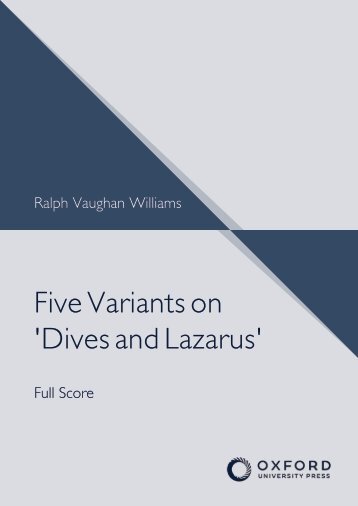
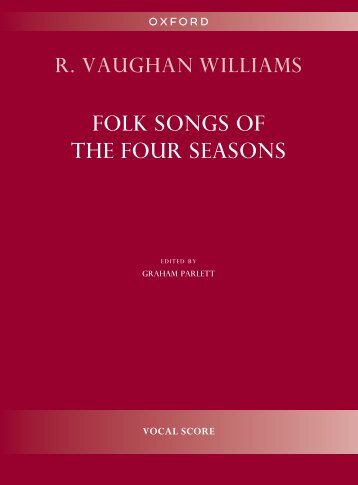




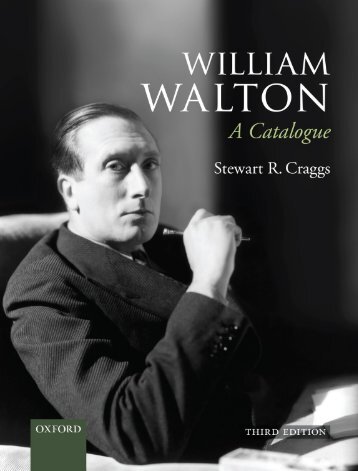



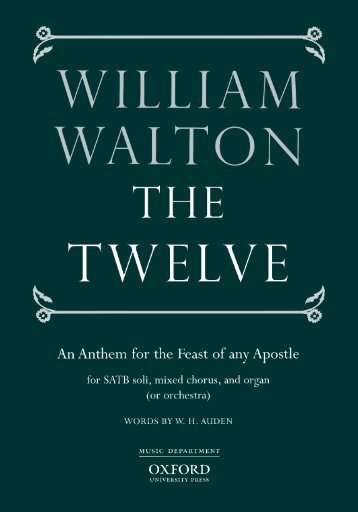


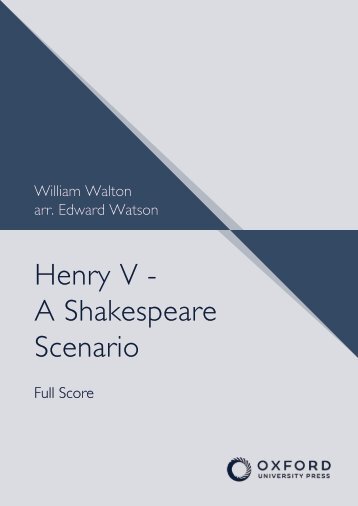






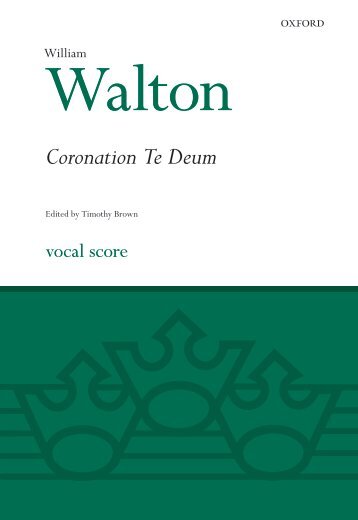
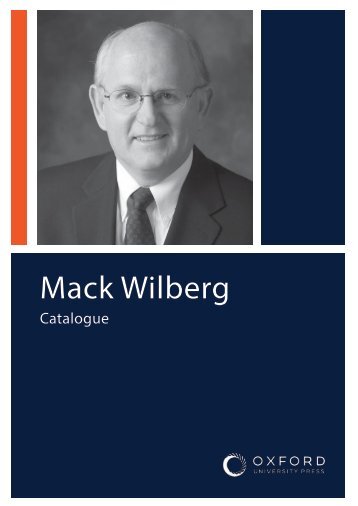
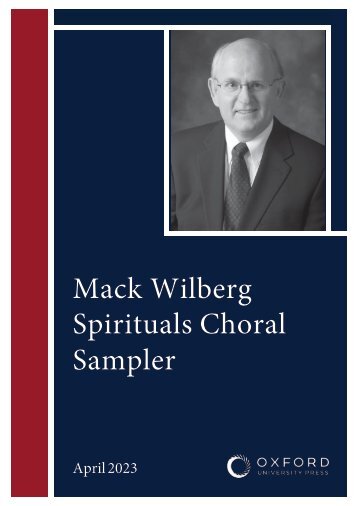
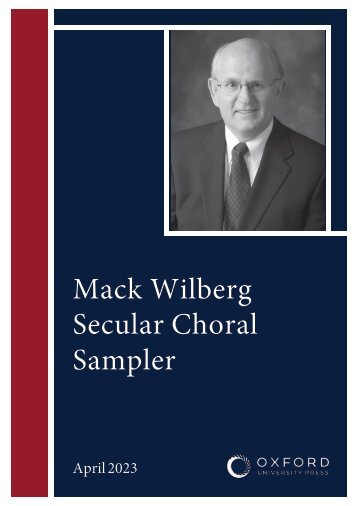




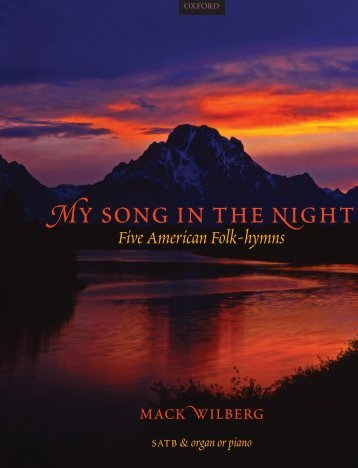
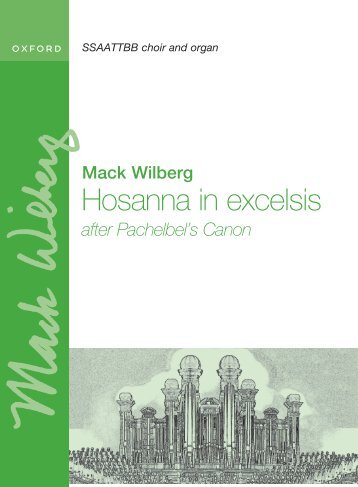


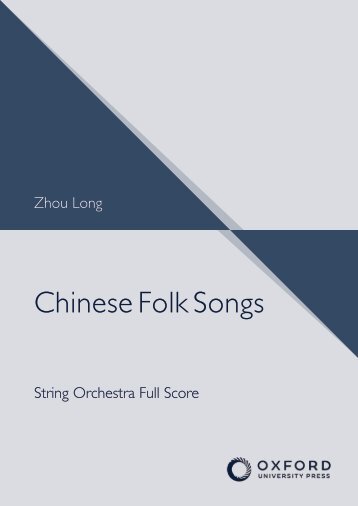

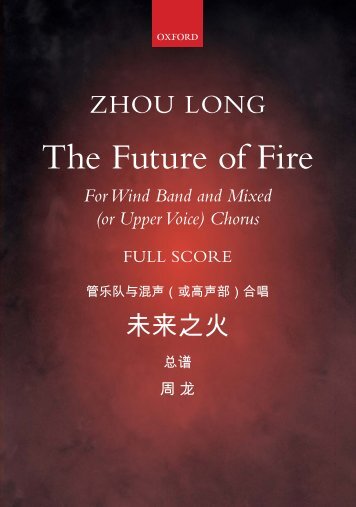





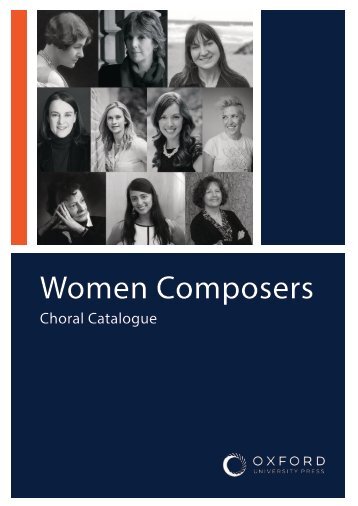

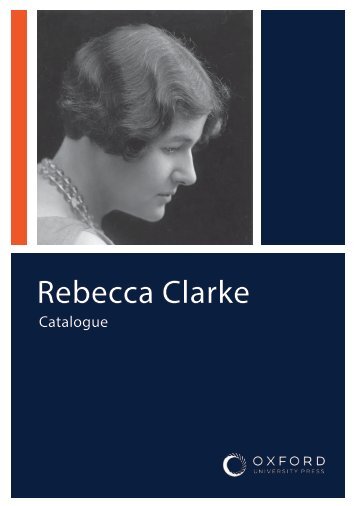

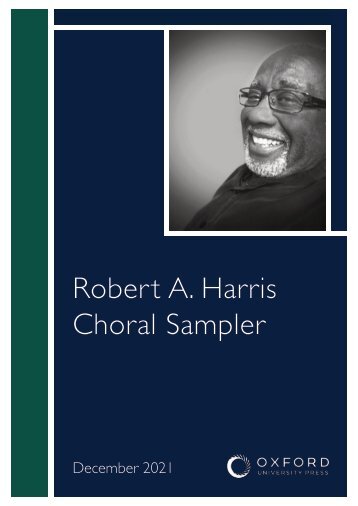

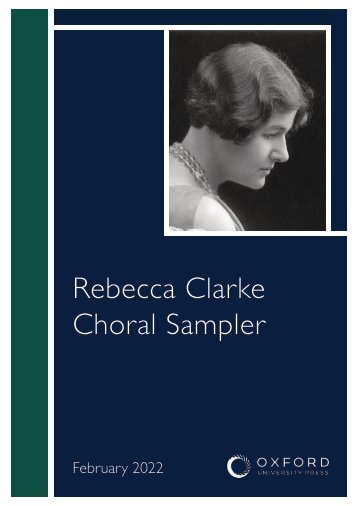
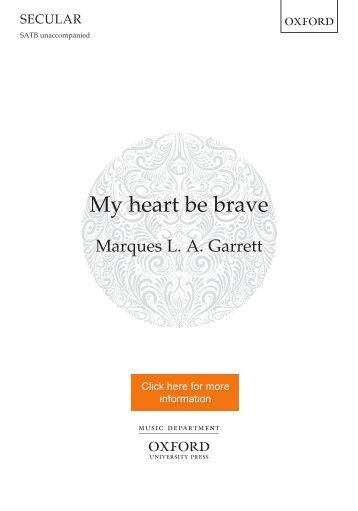
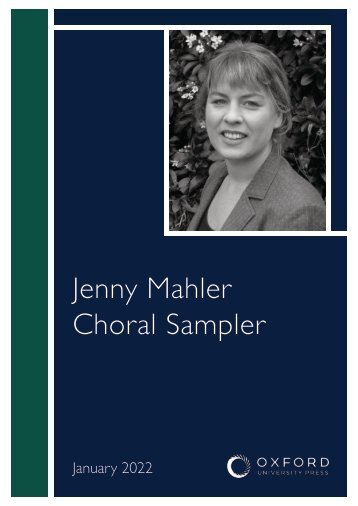
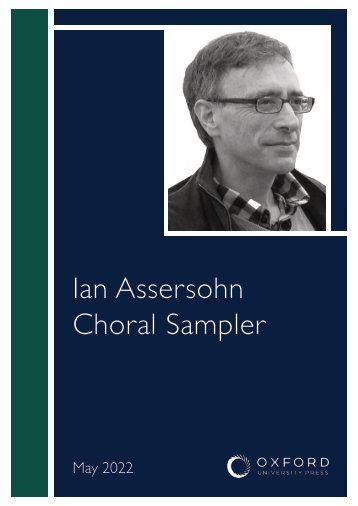
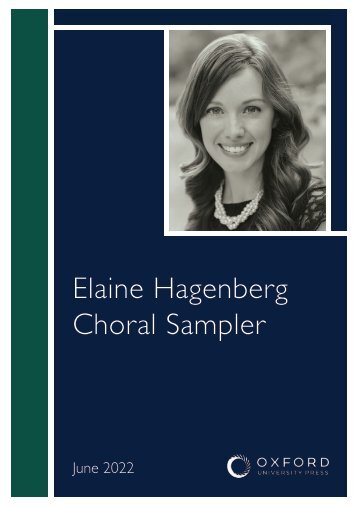
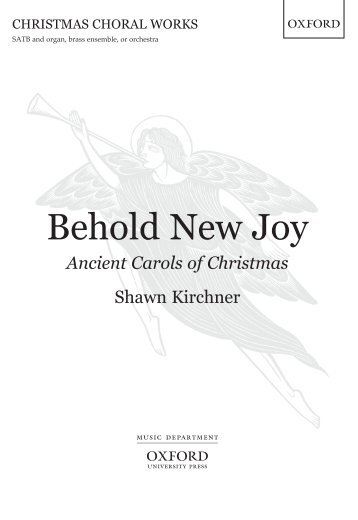
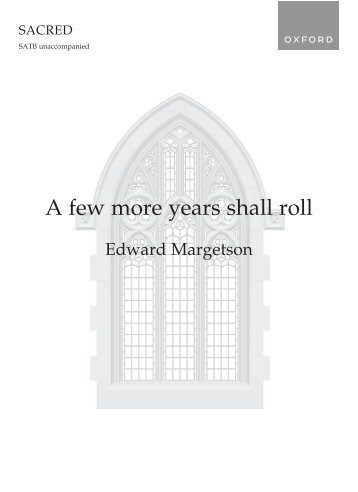
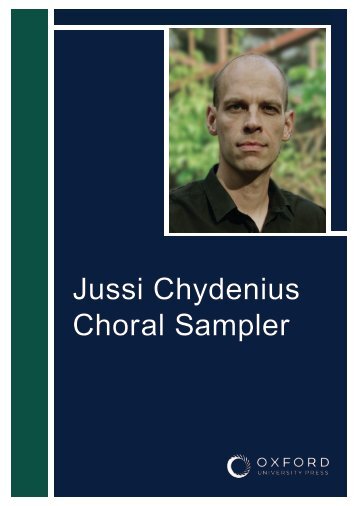


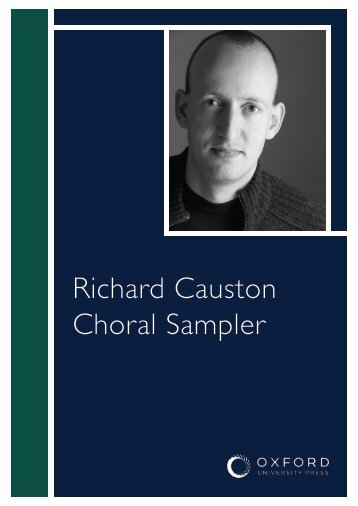
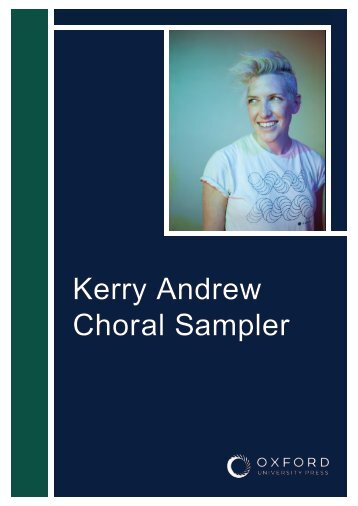

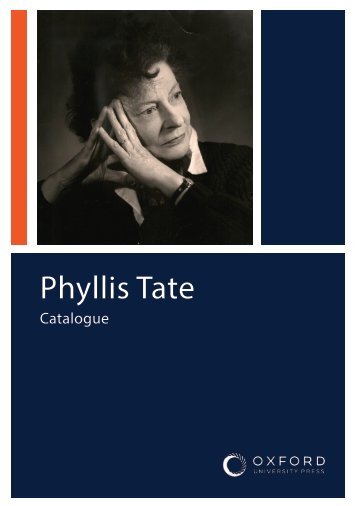
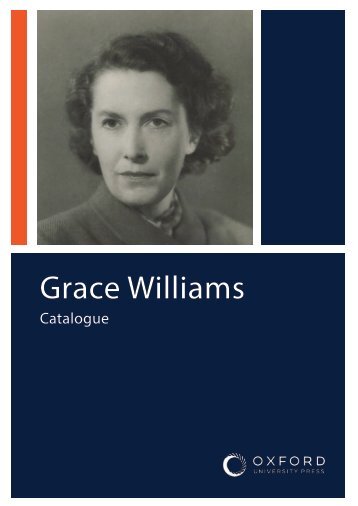

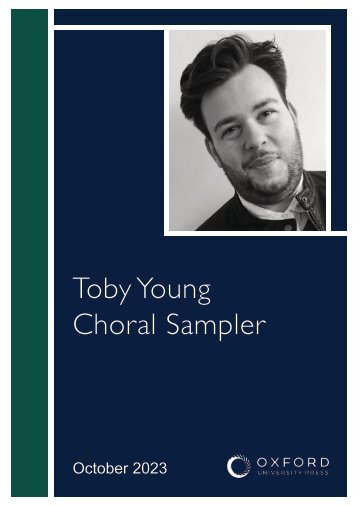
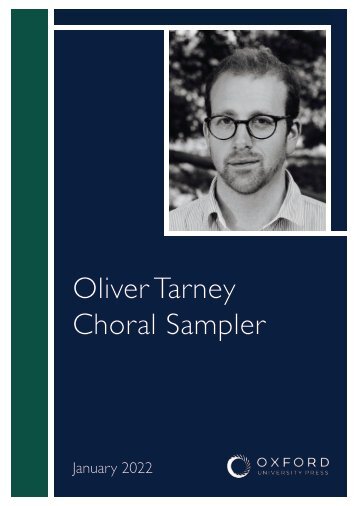

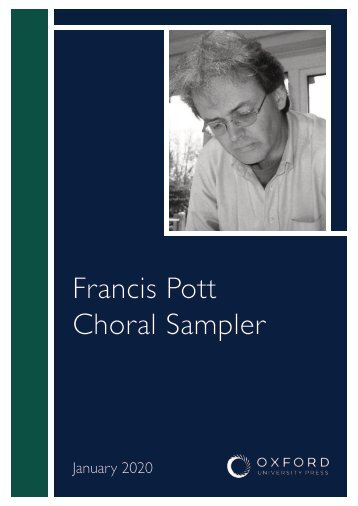
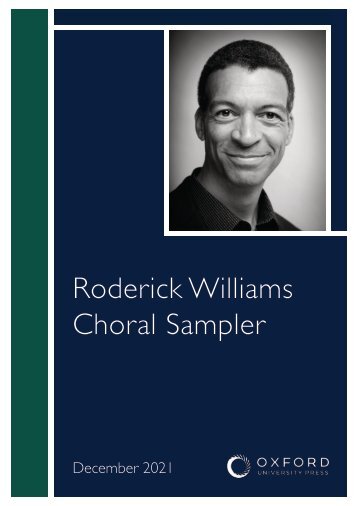
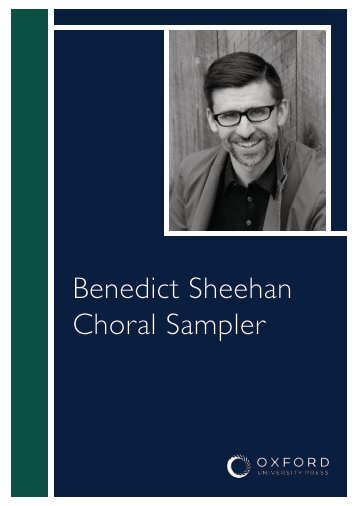
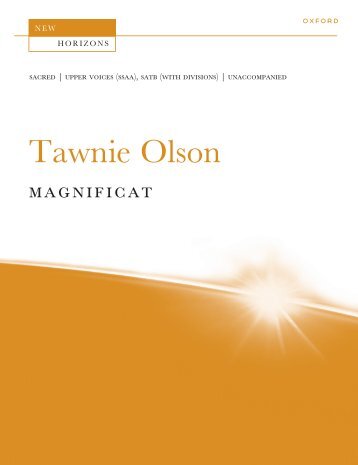
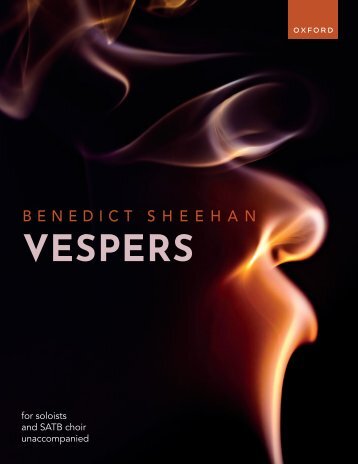

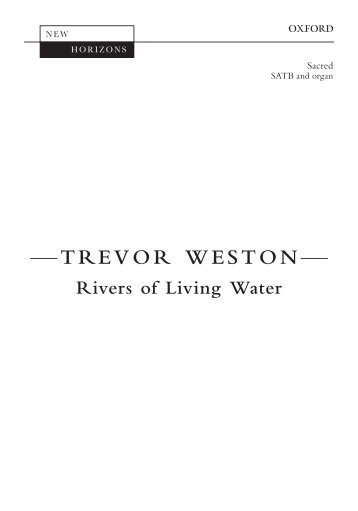
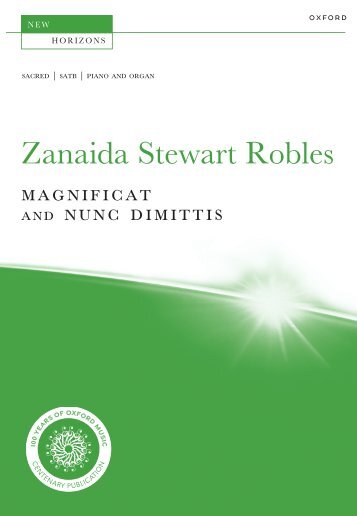


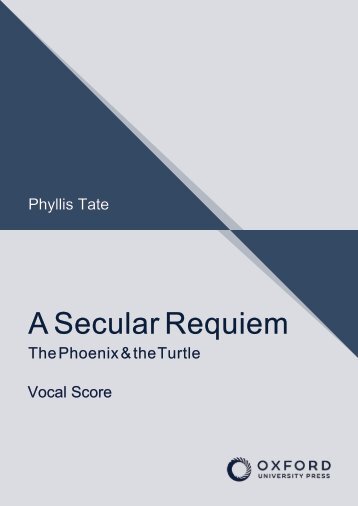



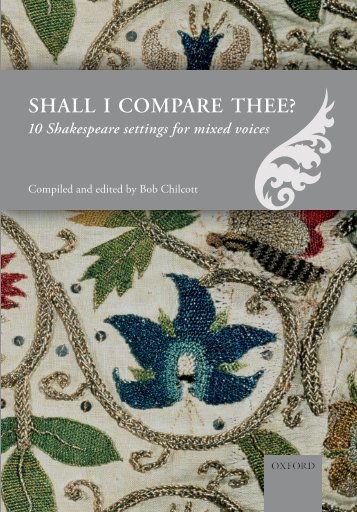
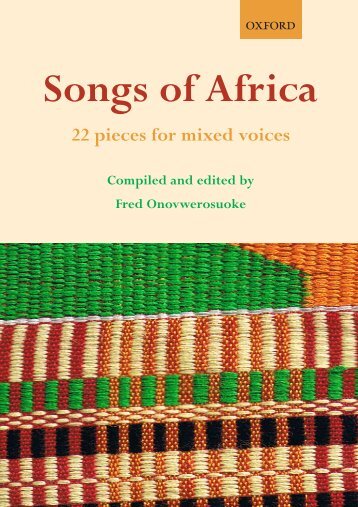

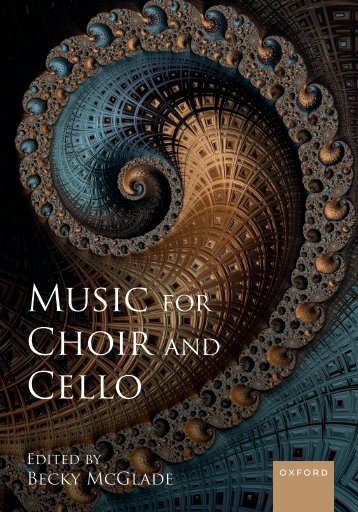


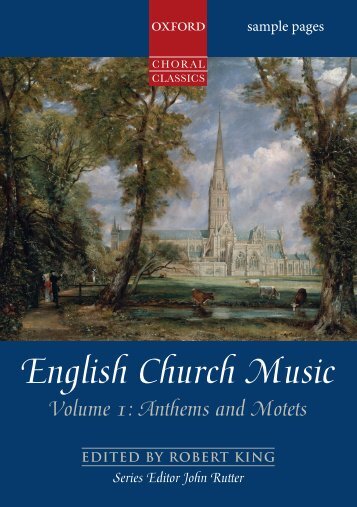
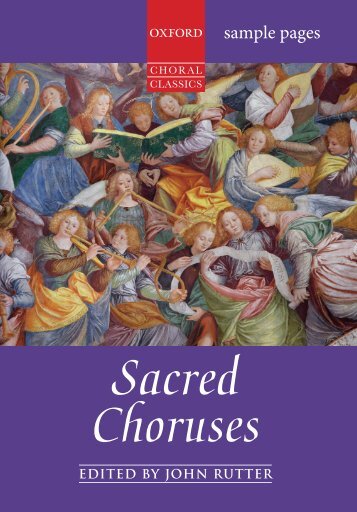

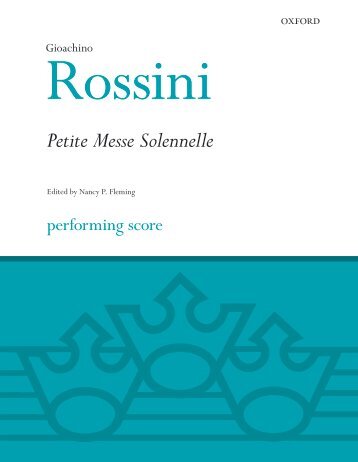
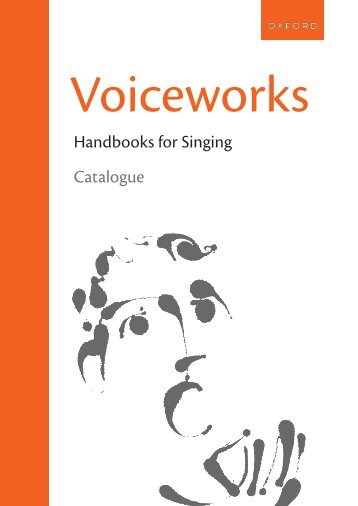



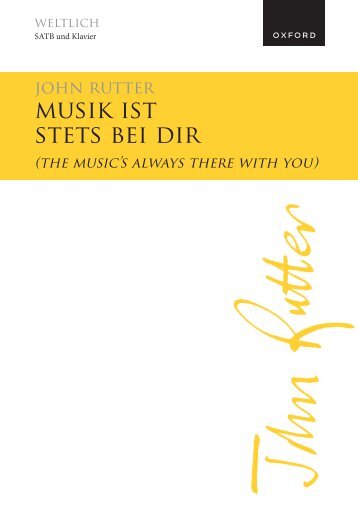
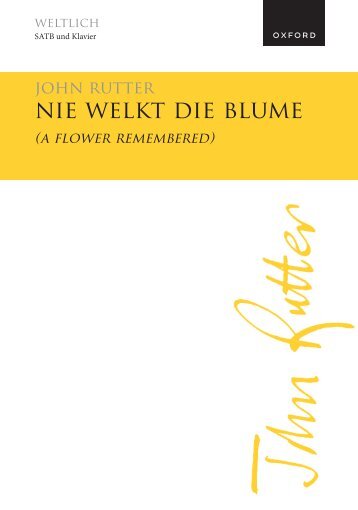

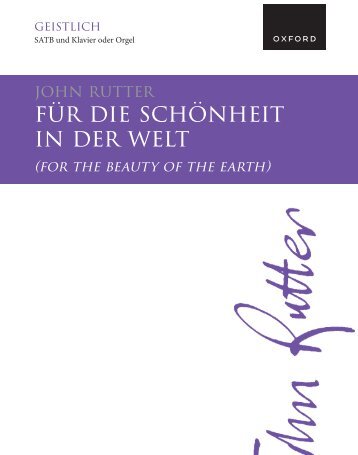
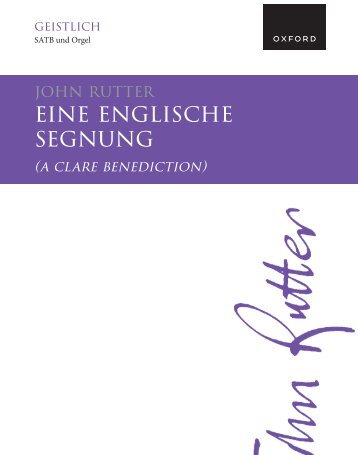

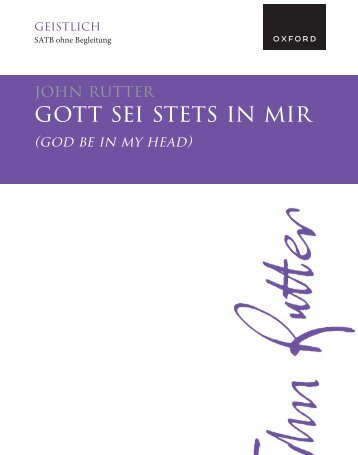


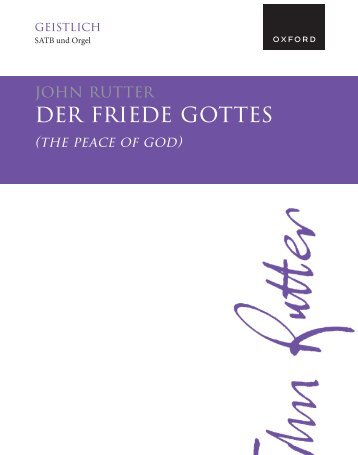


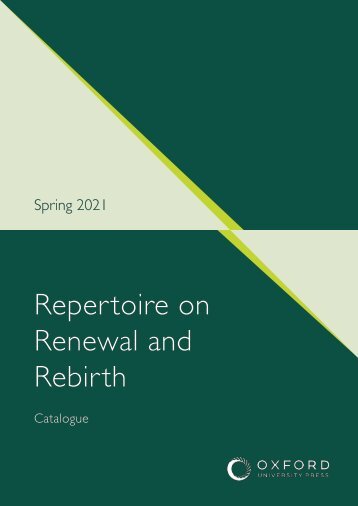
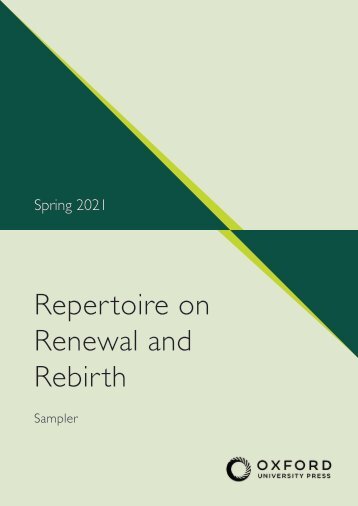
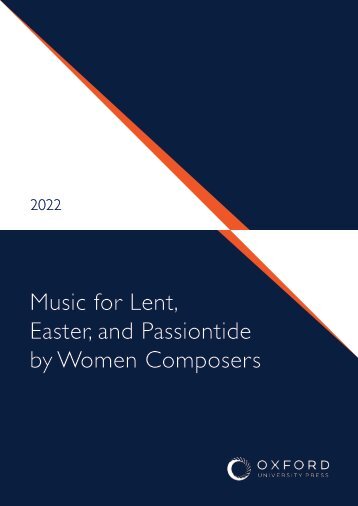
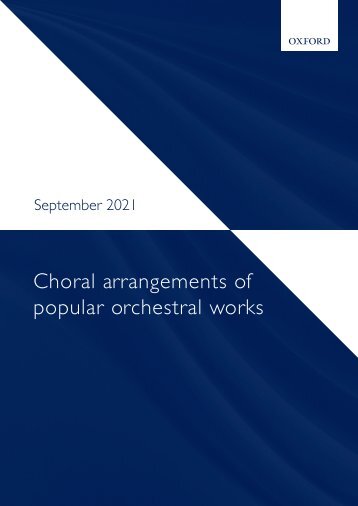
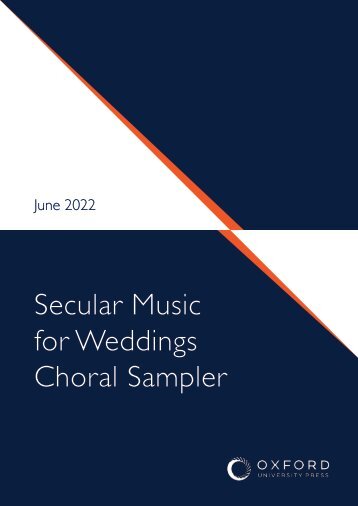

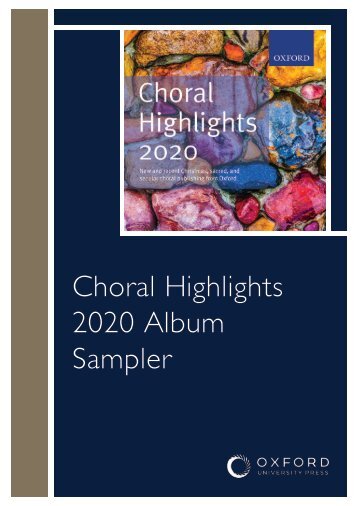
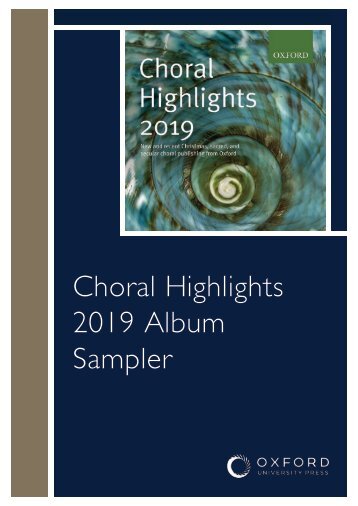
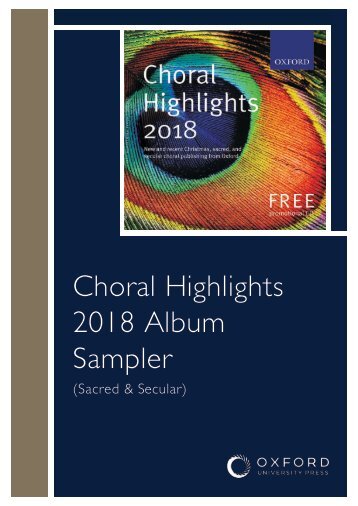



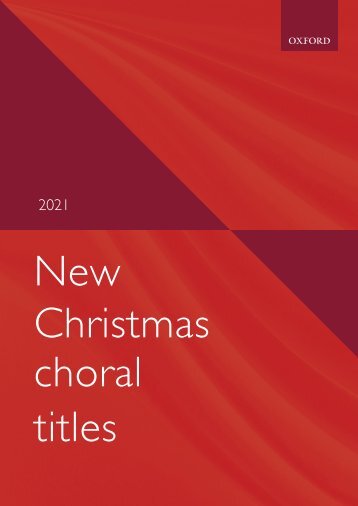

Facebook
Twitter
Email